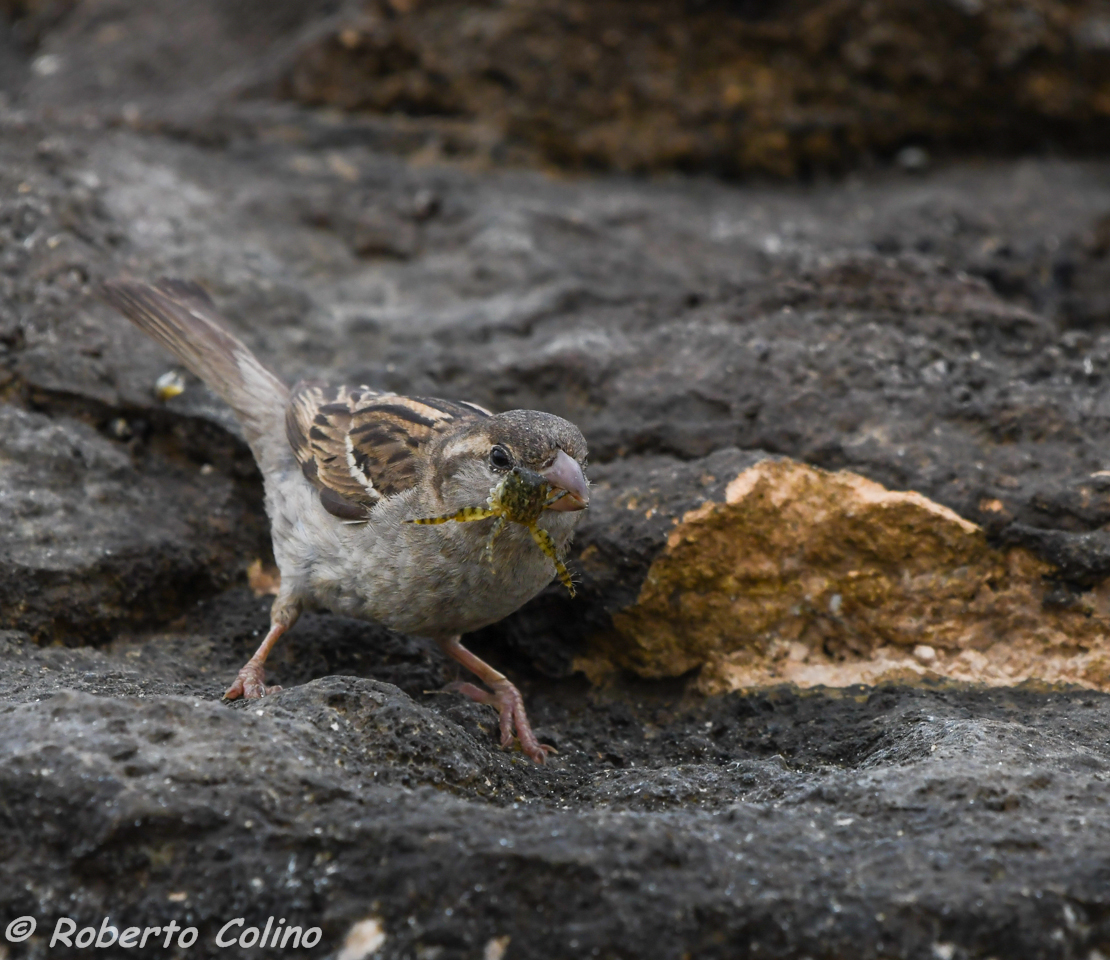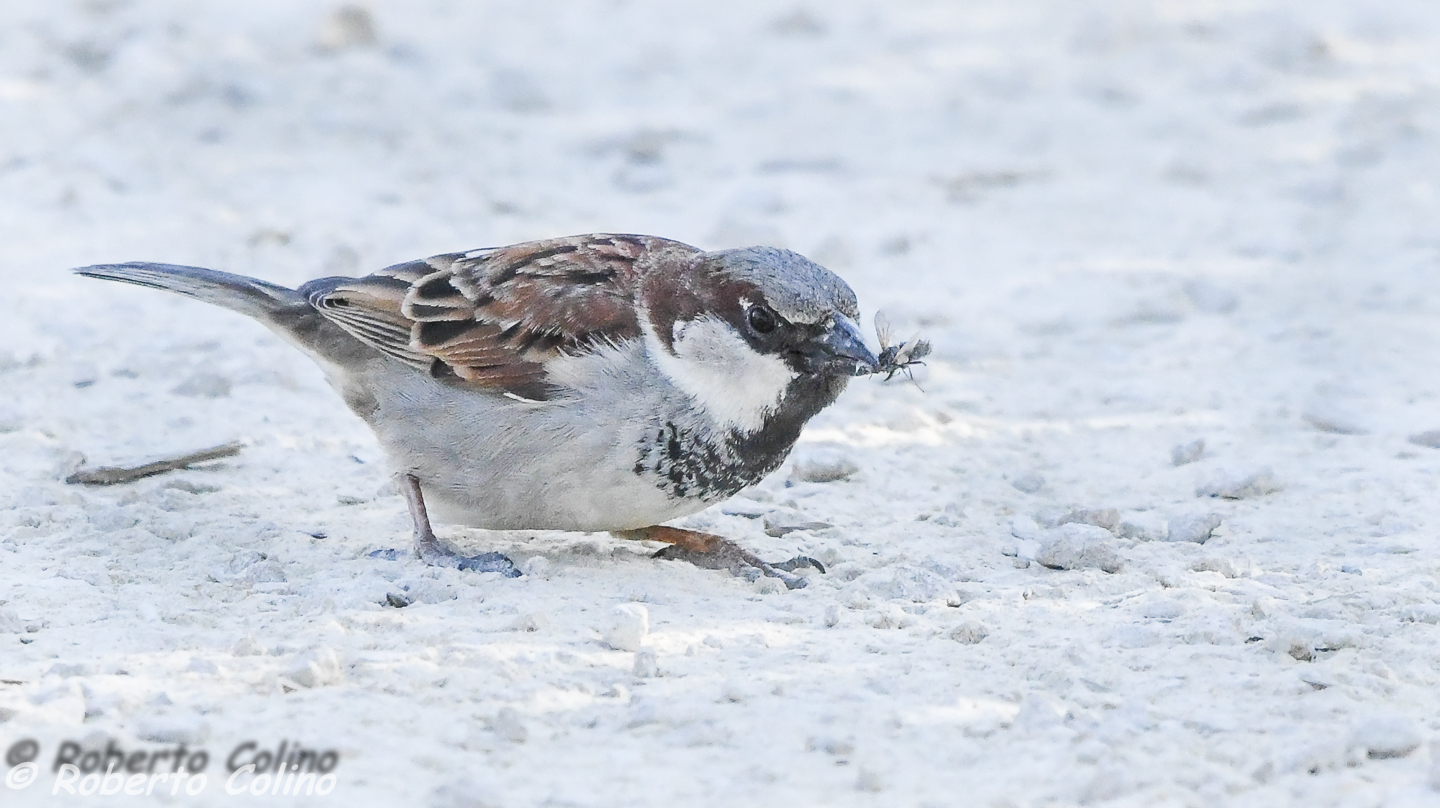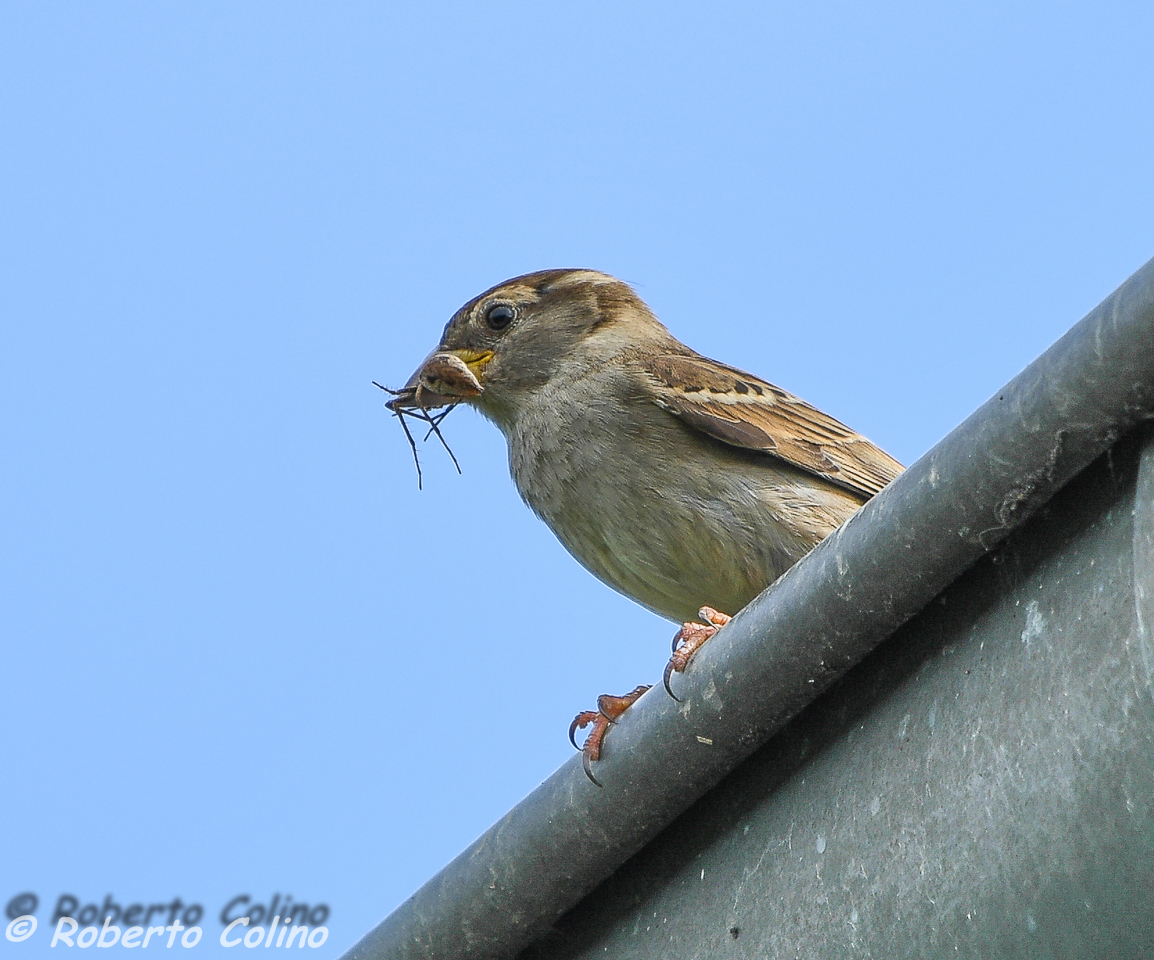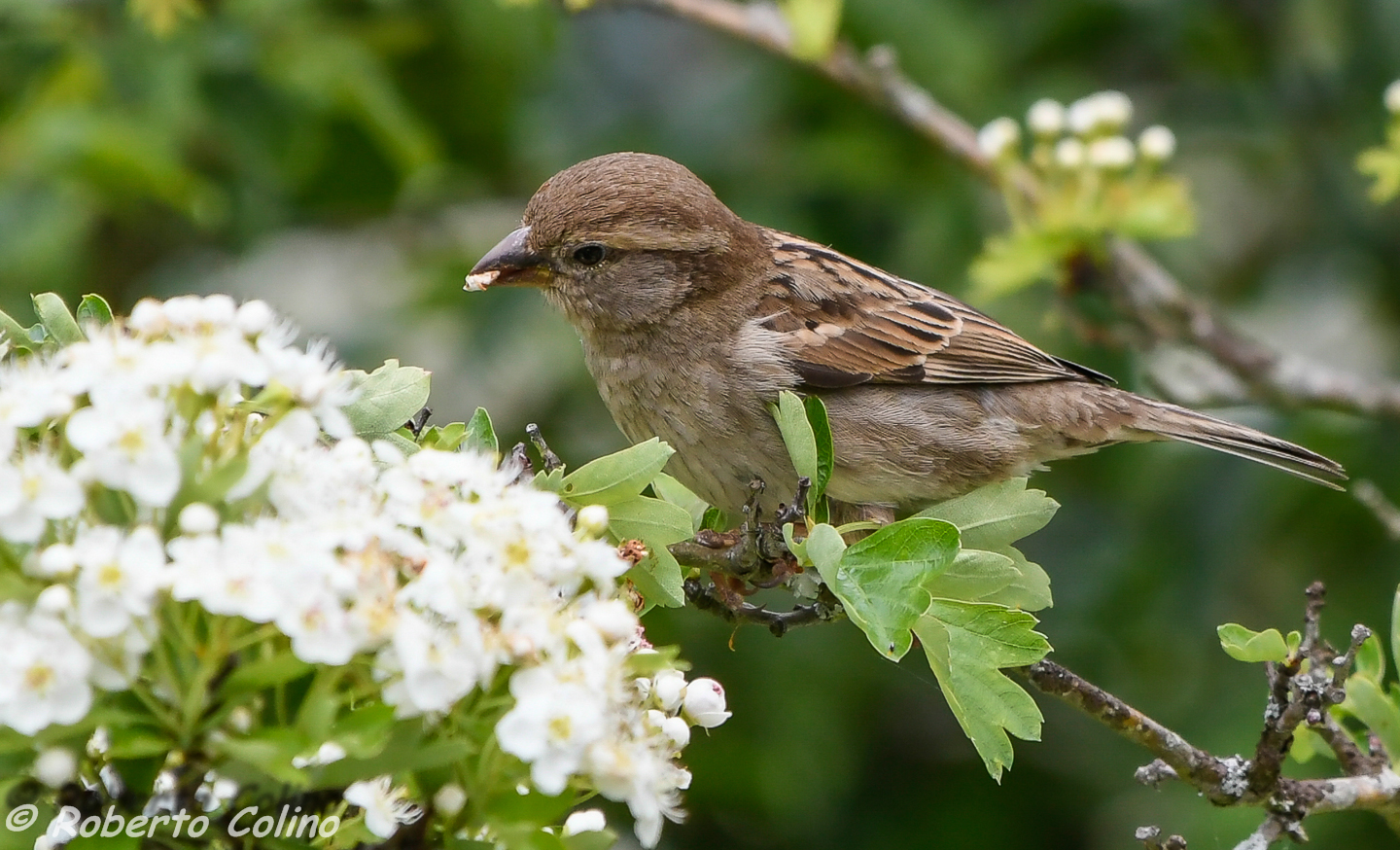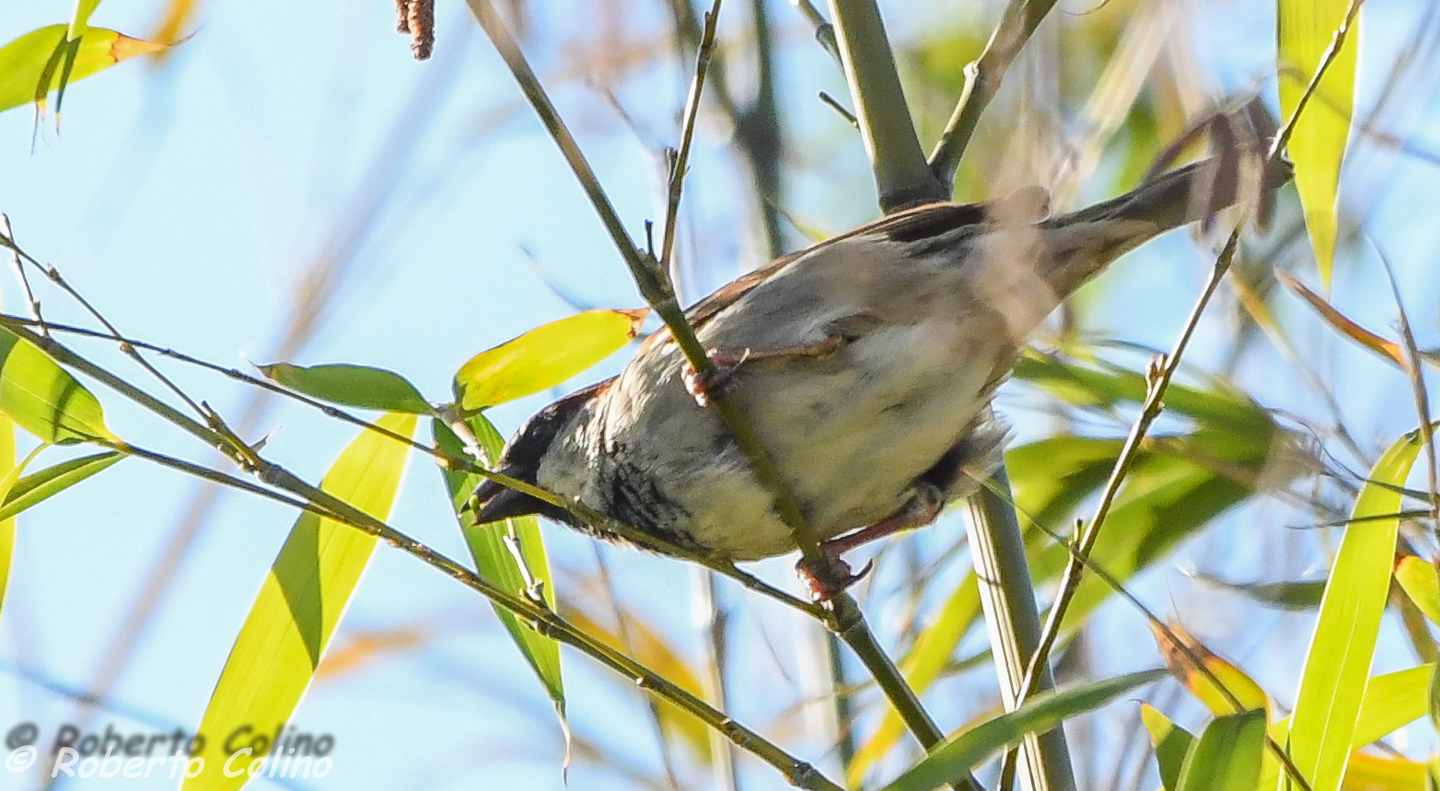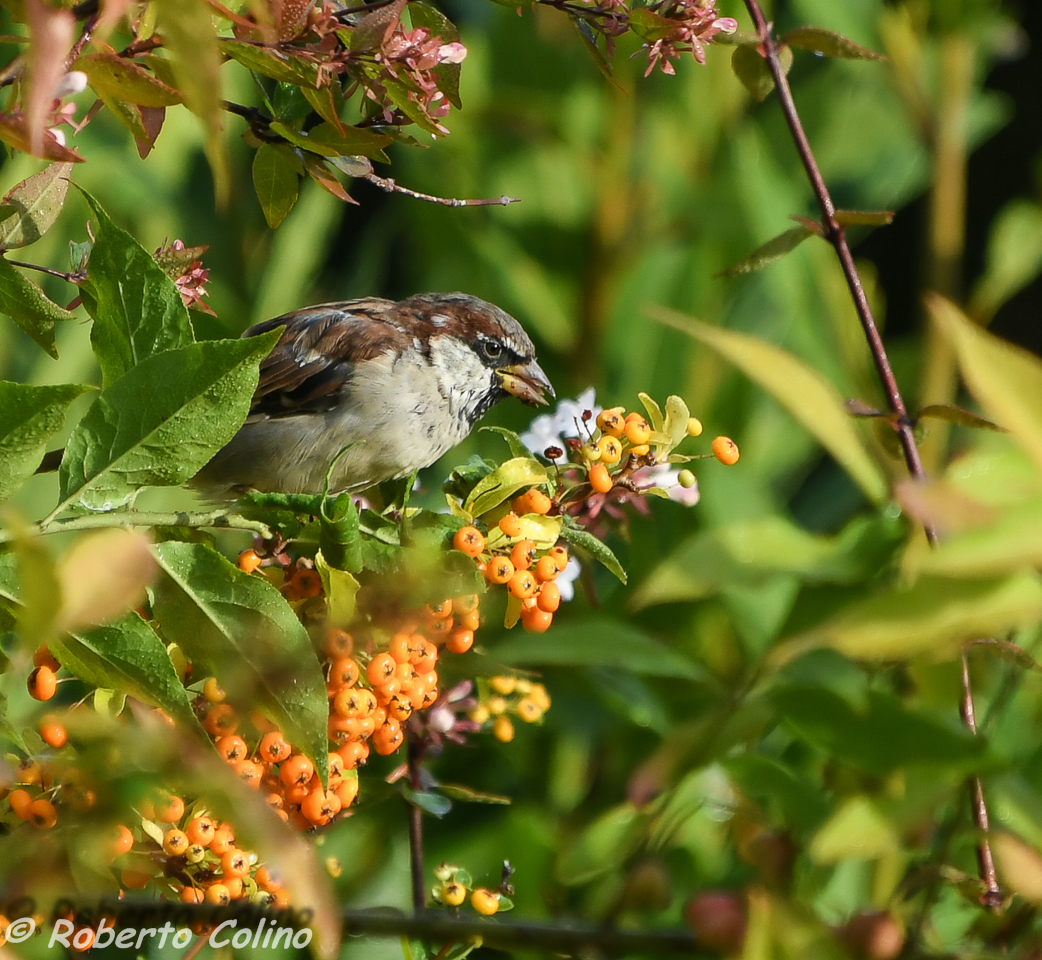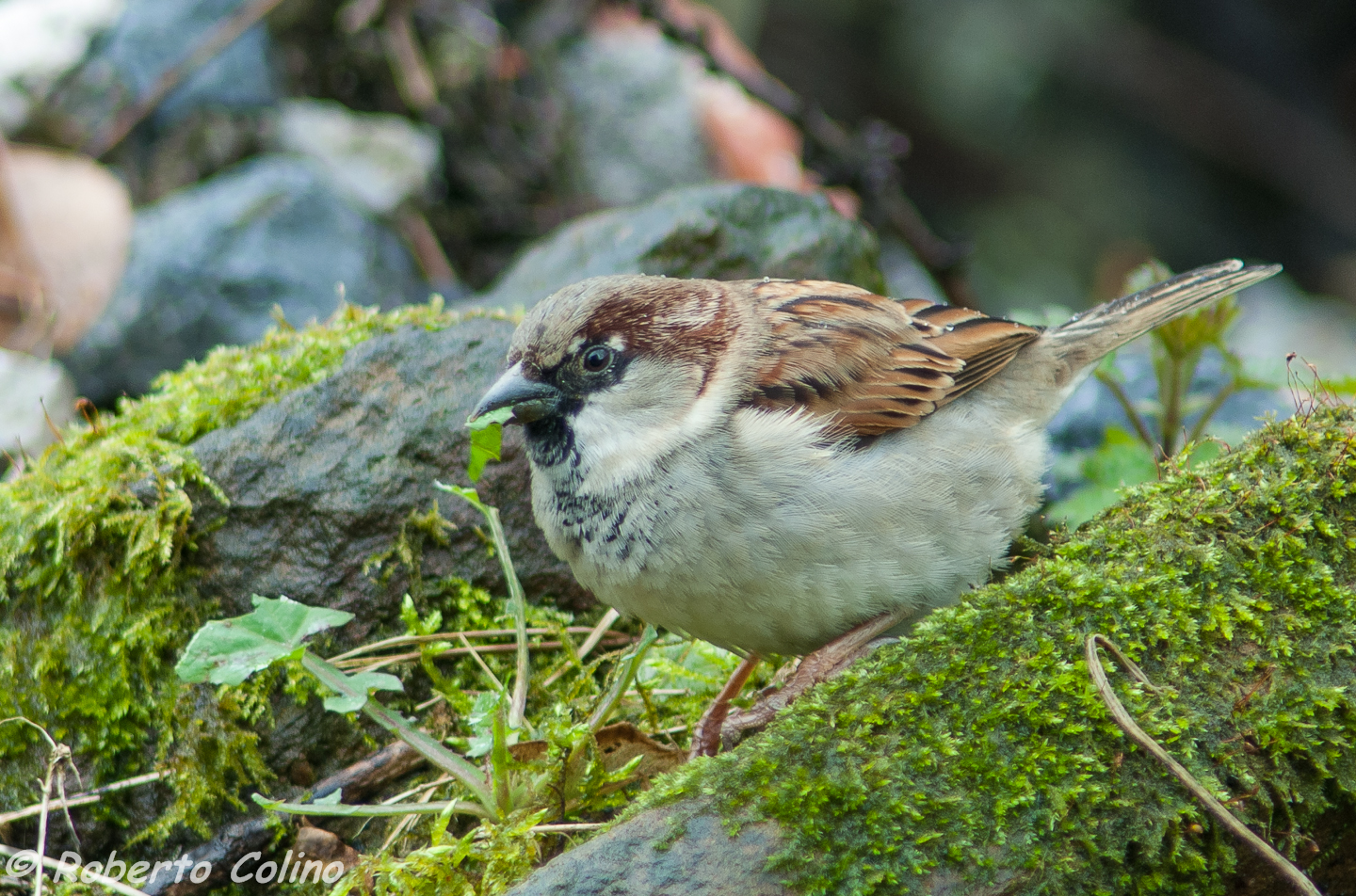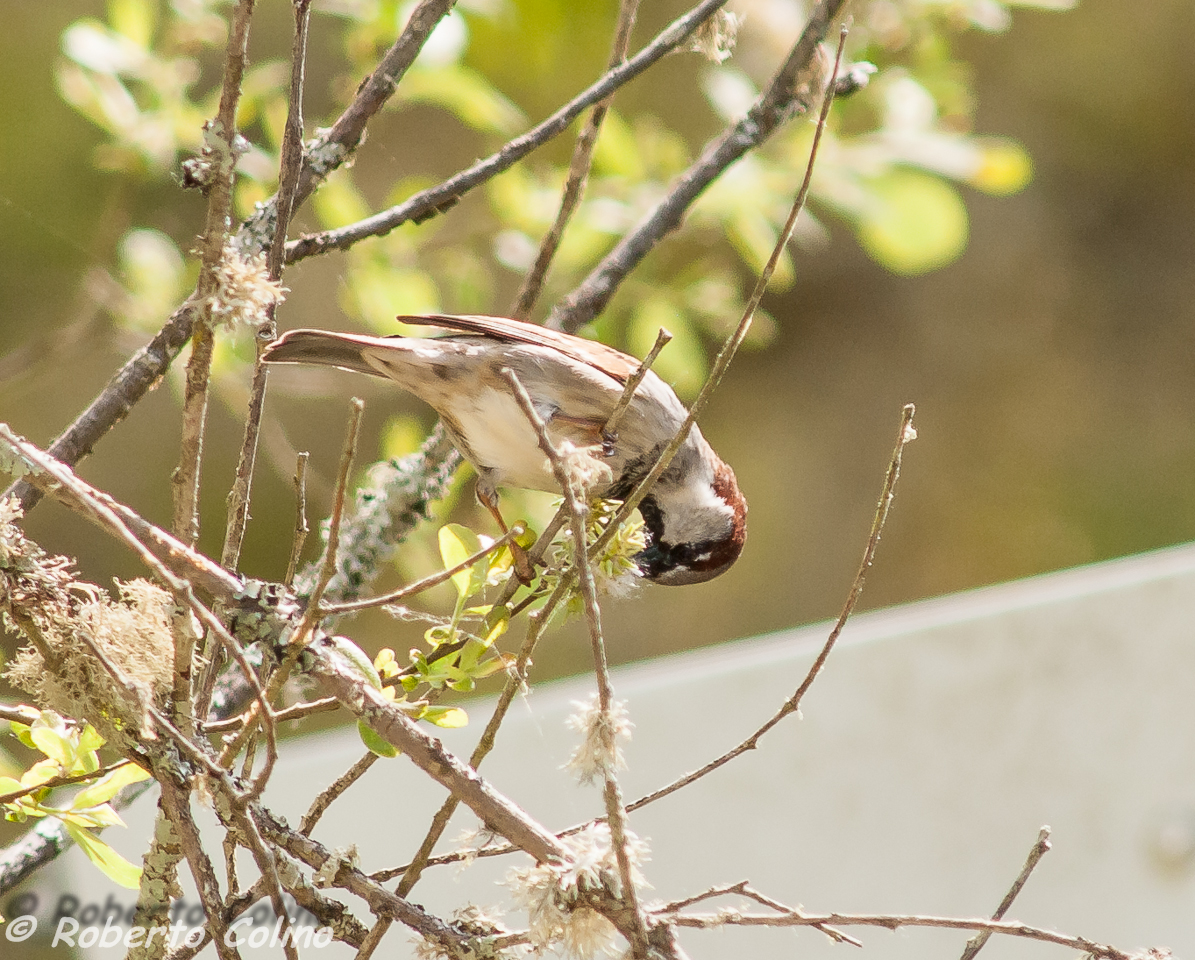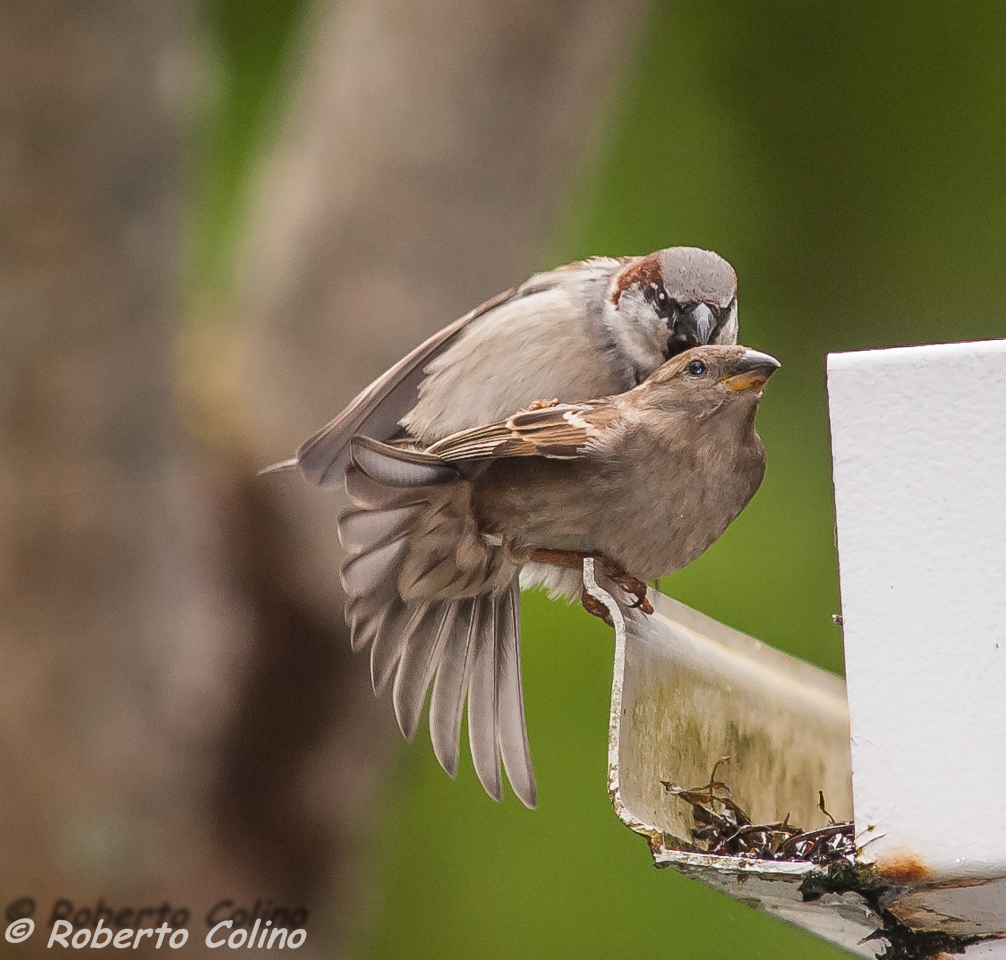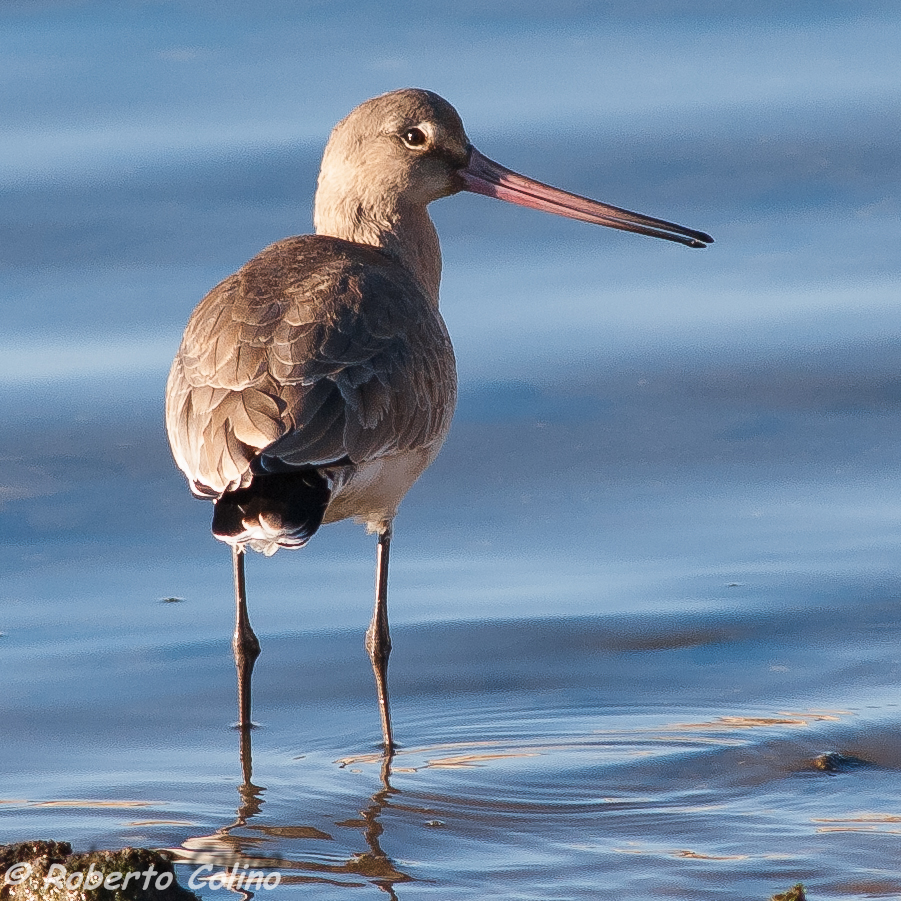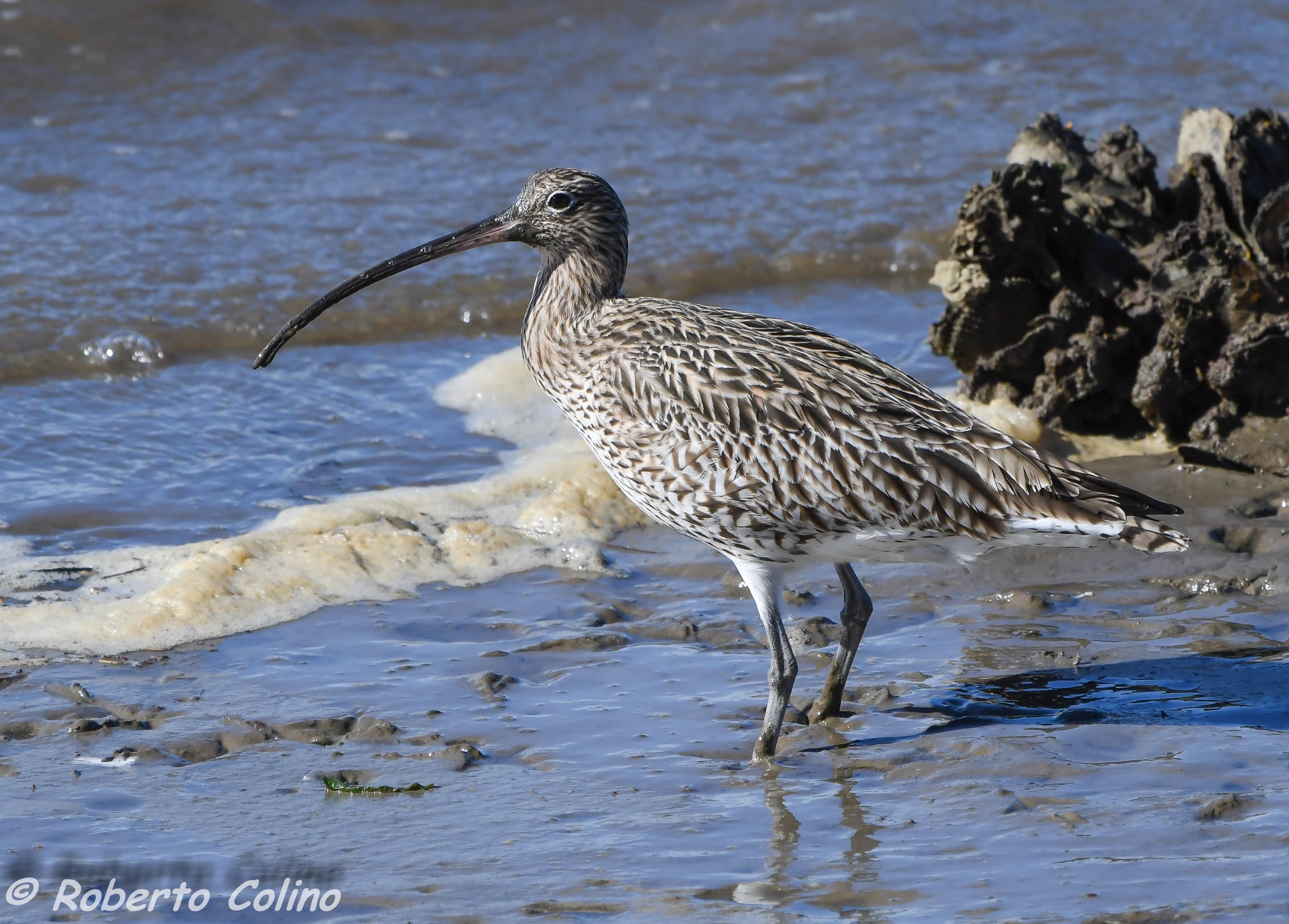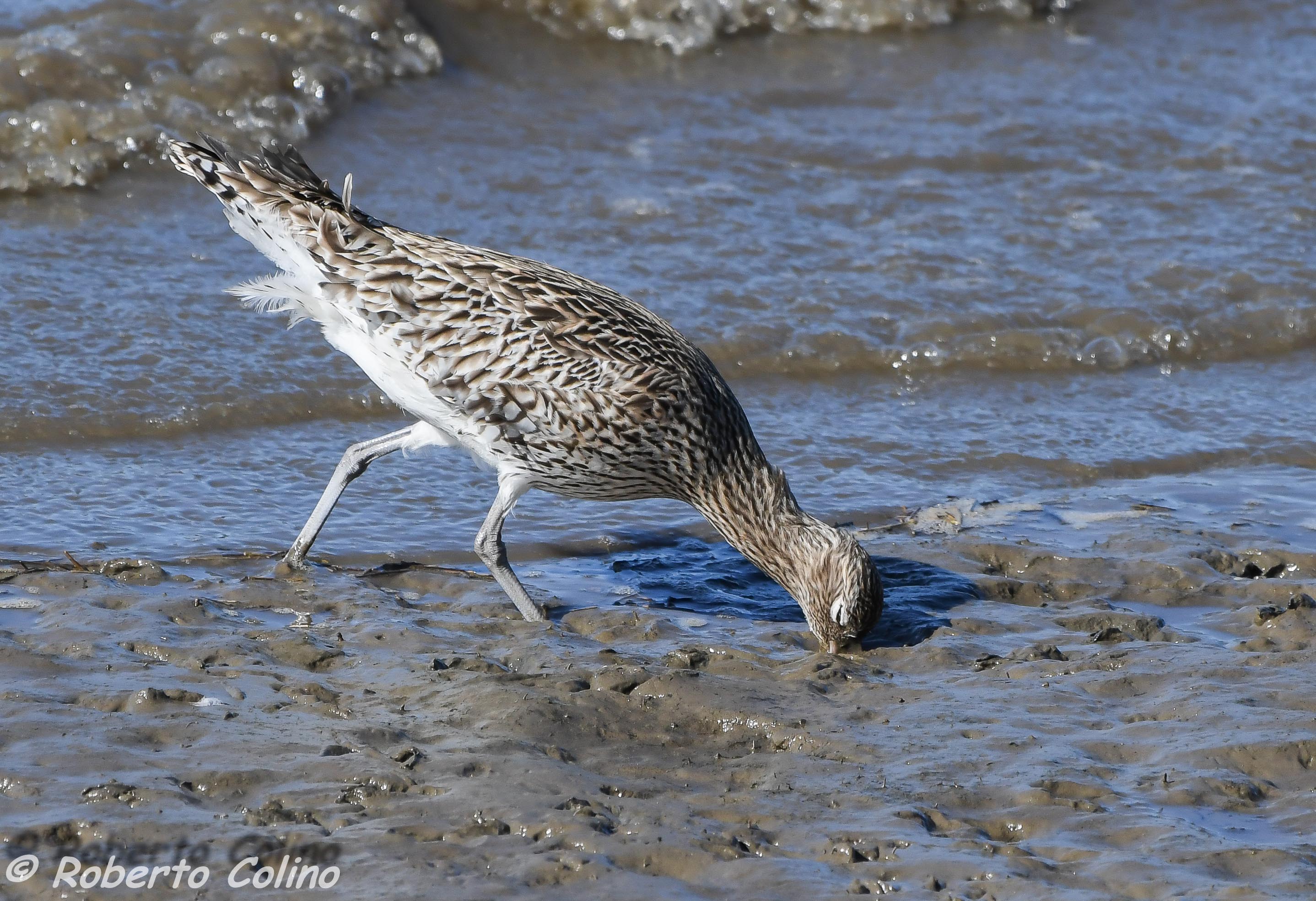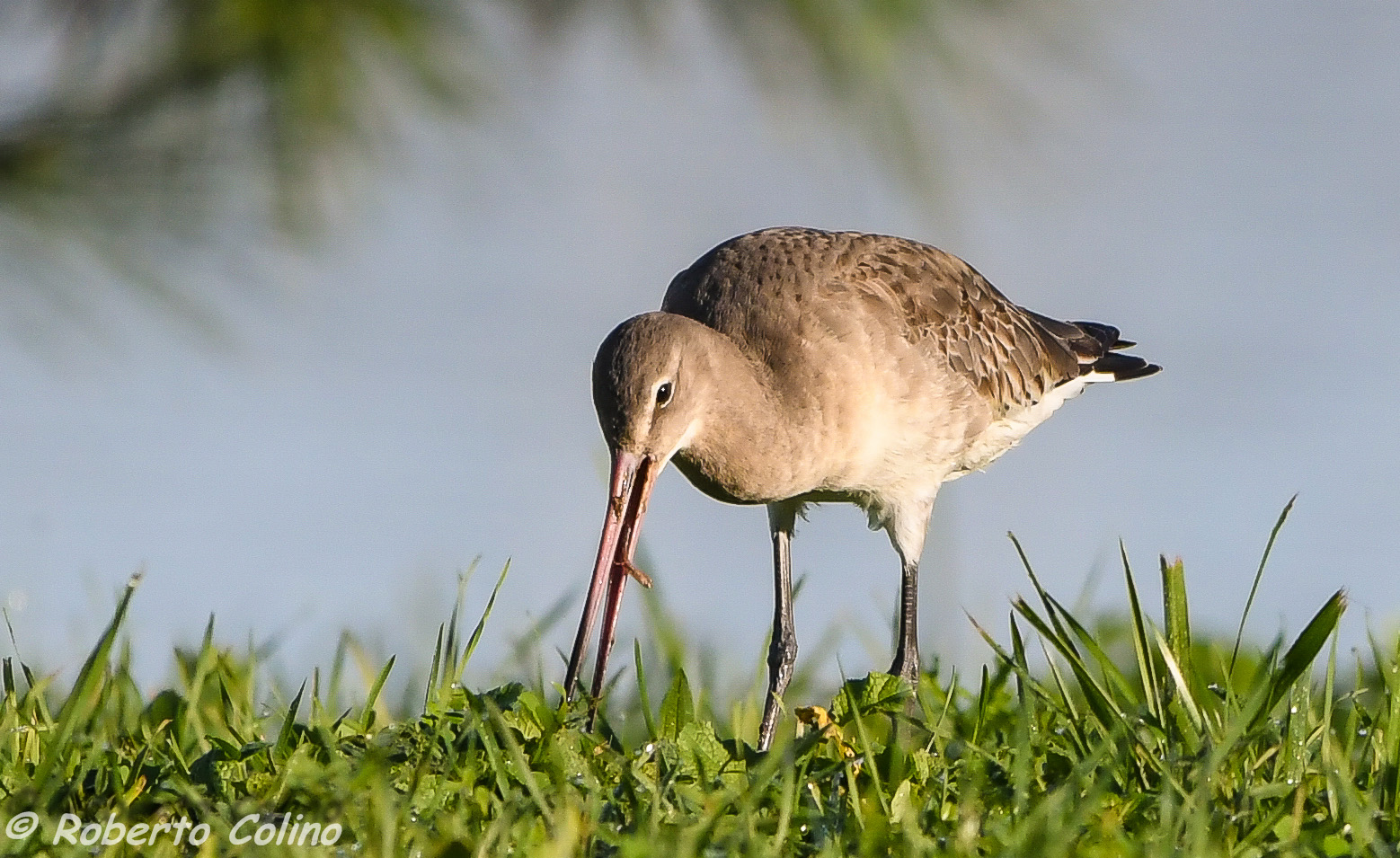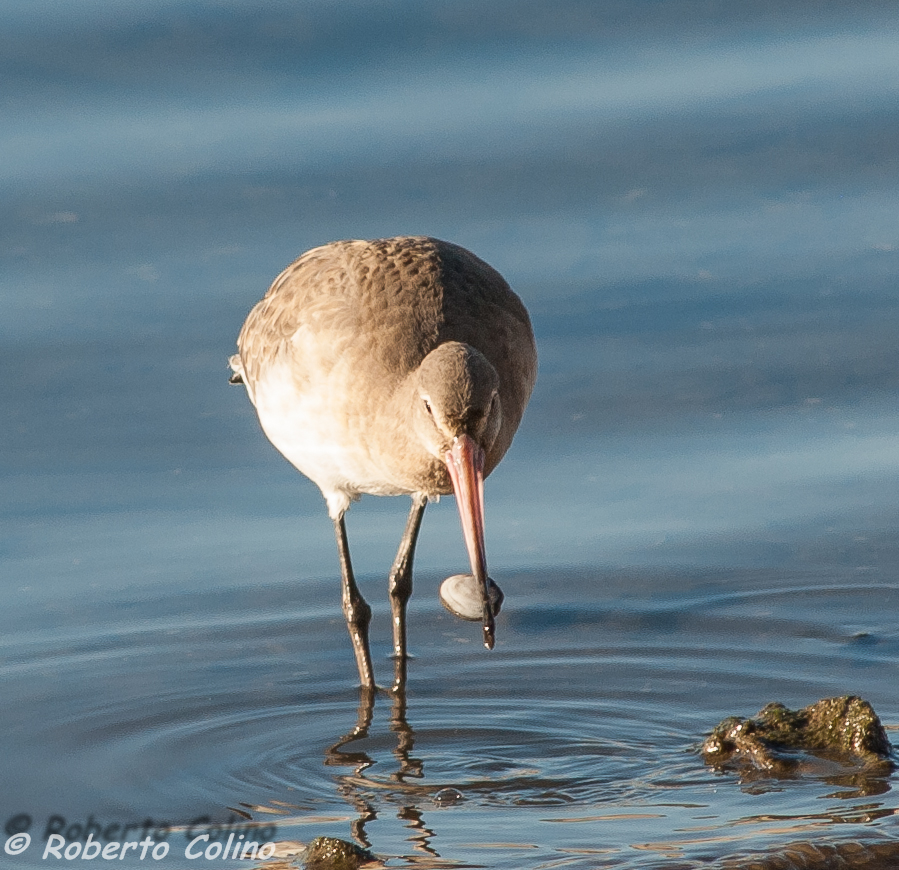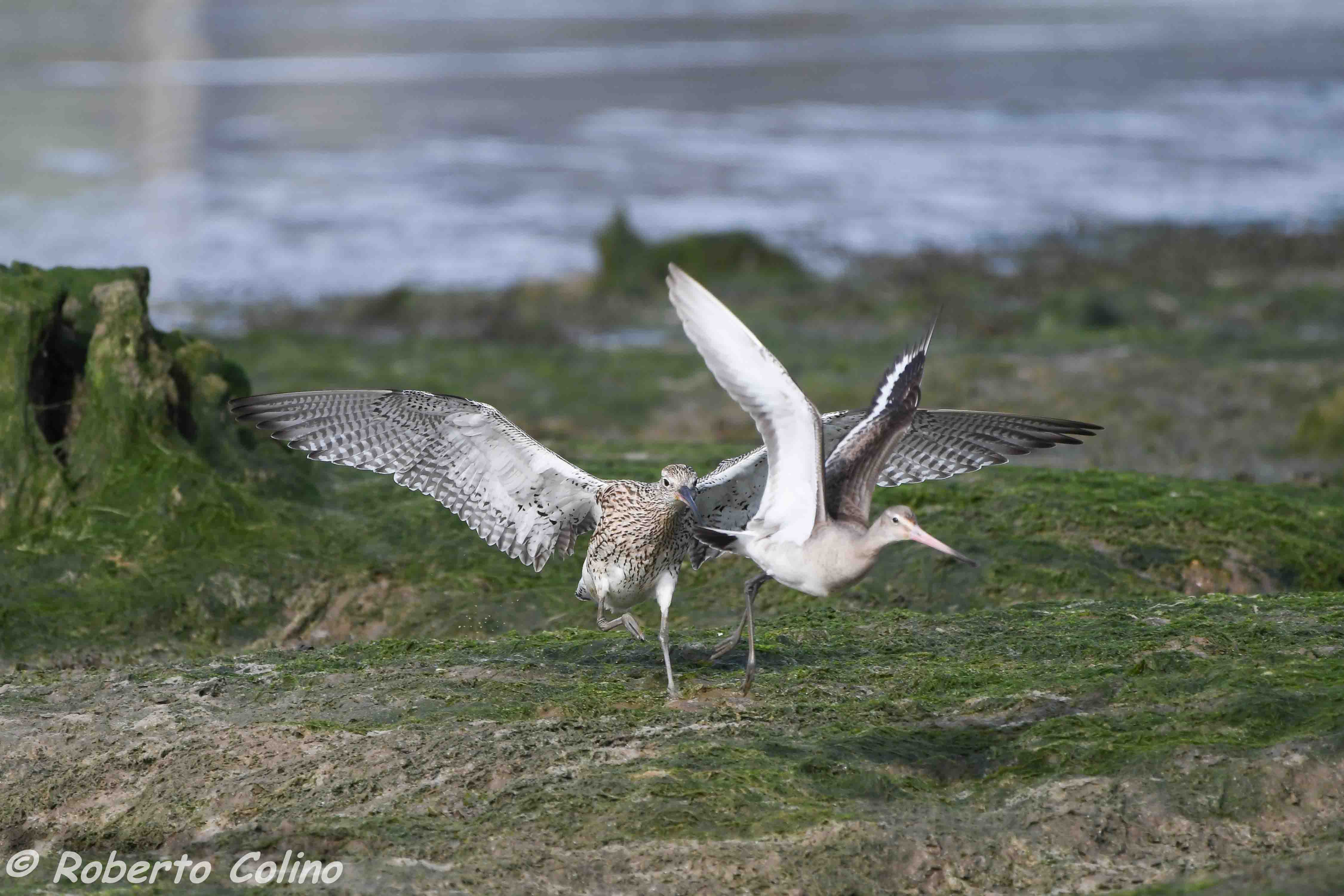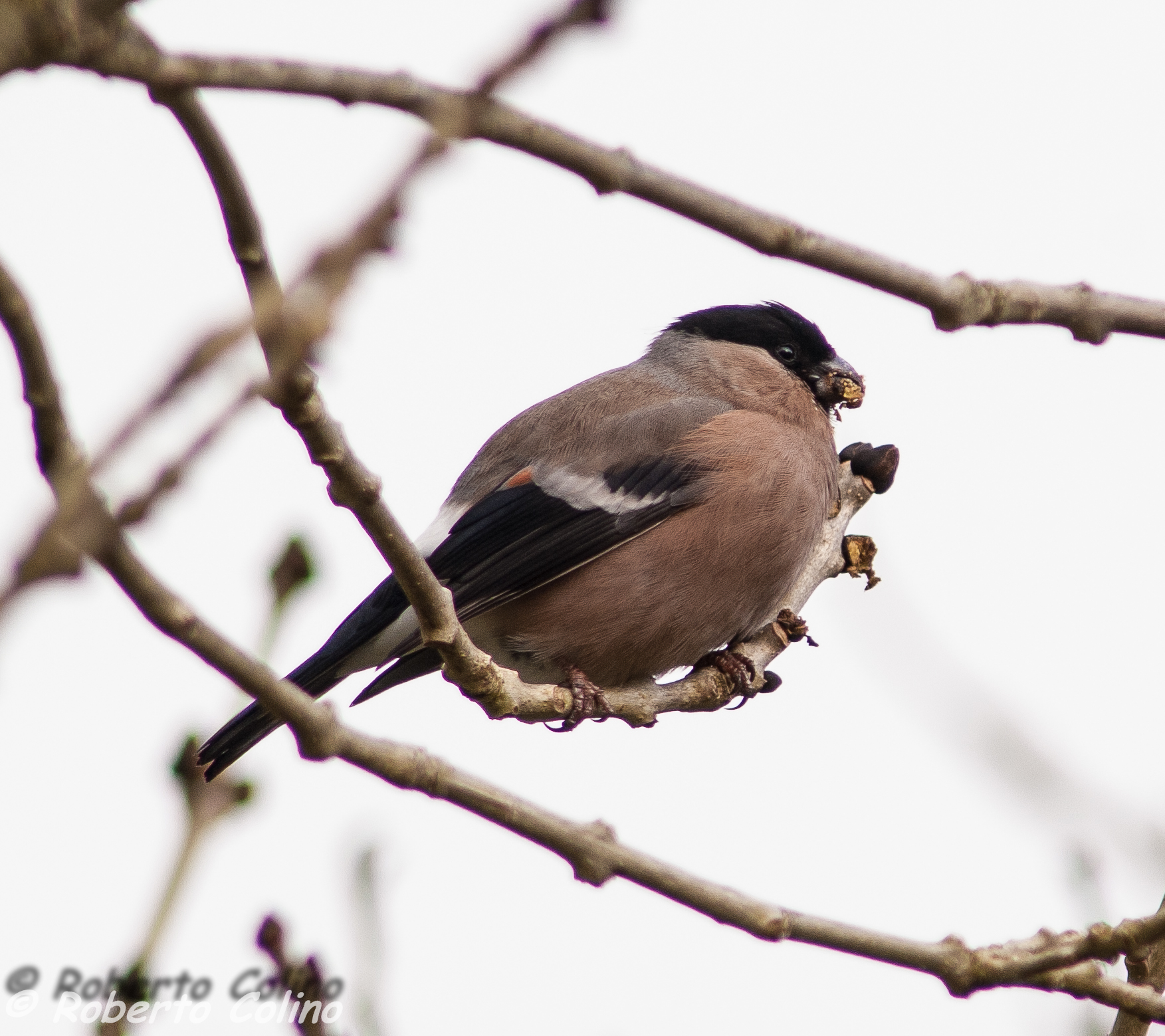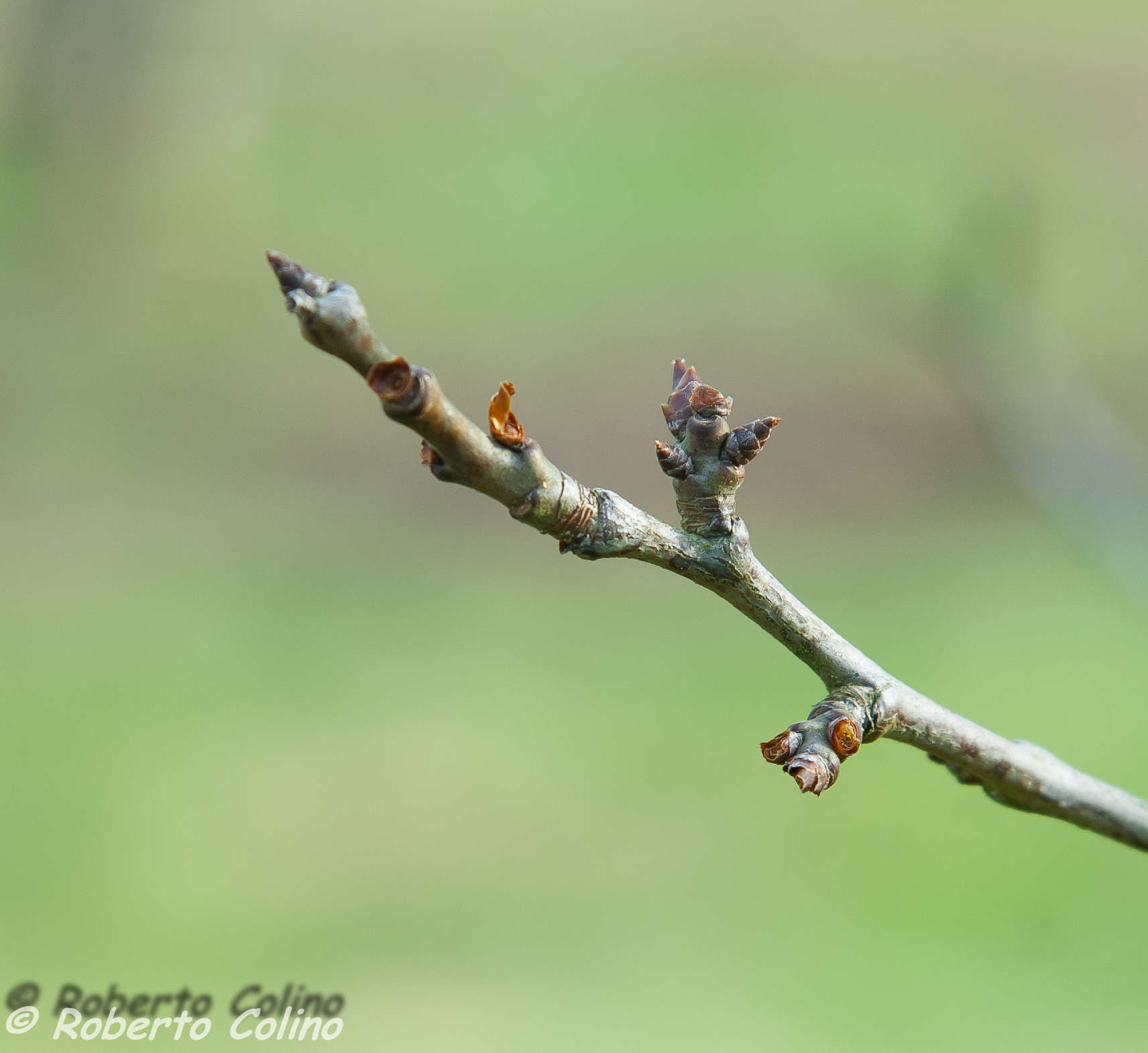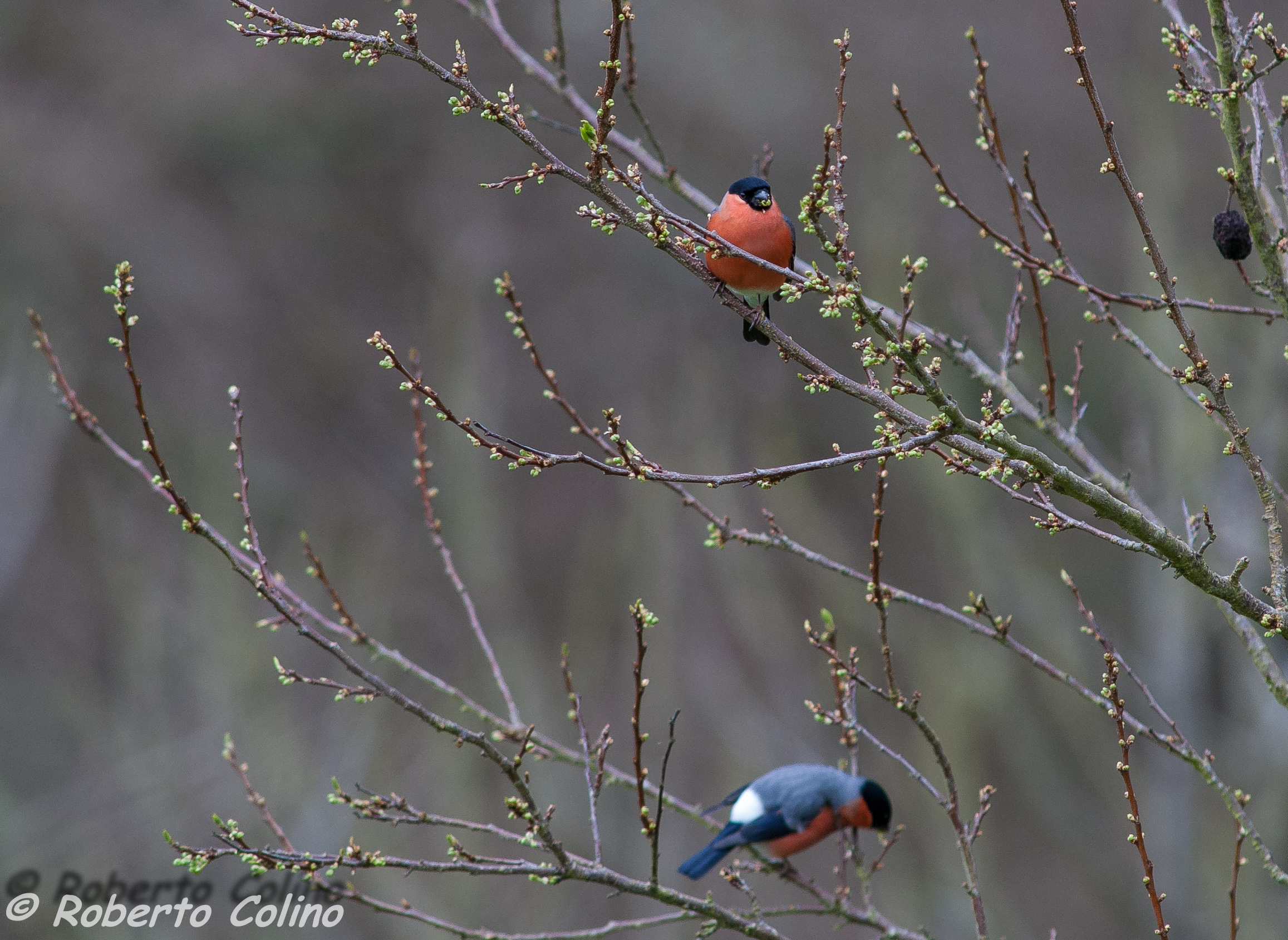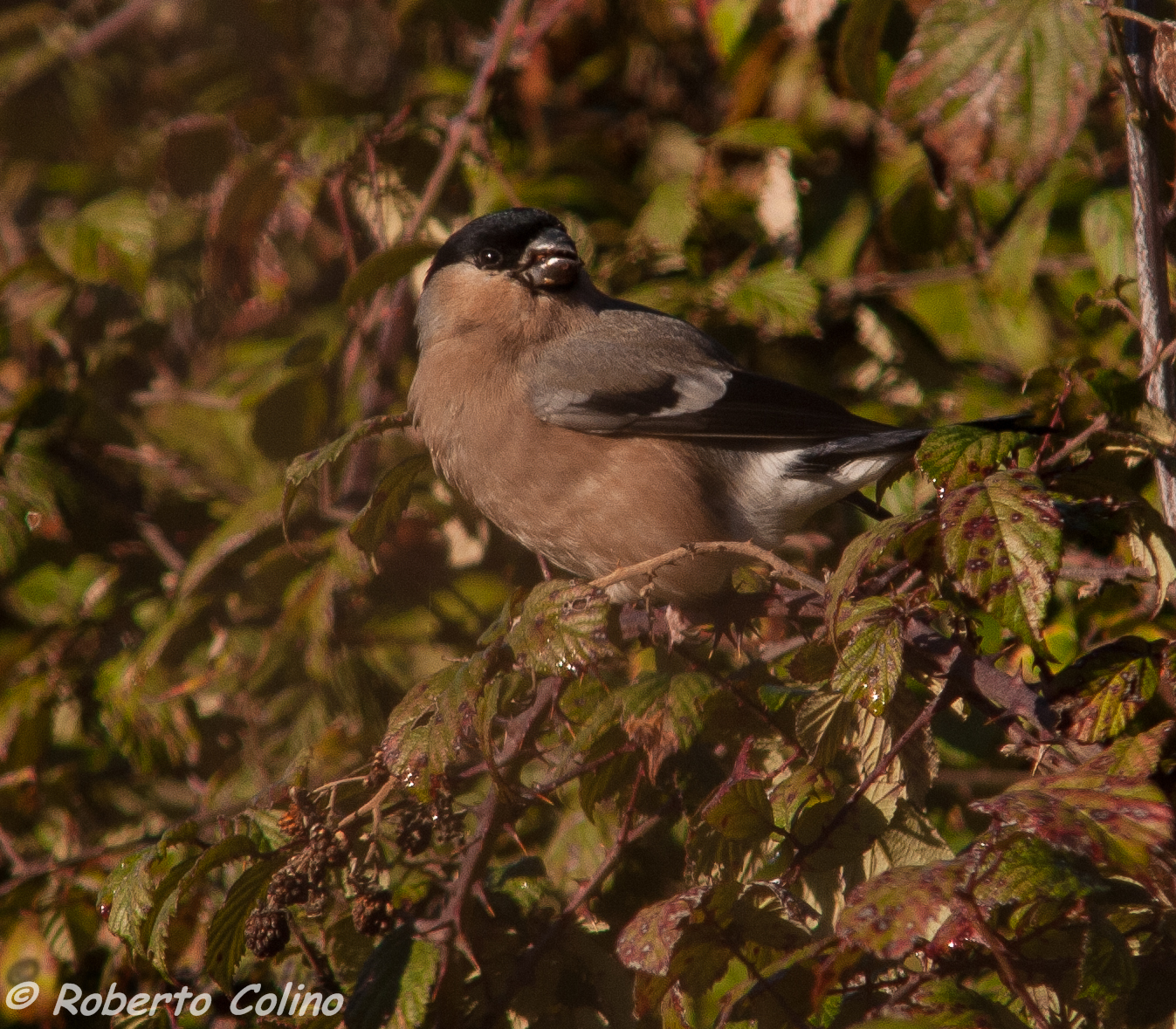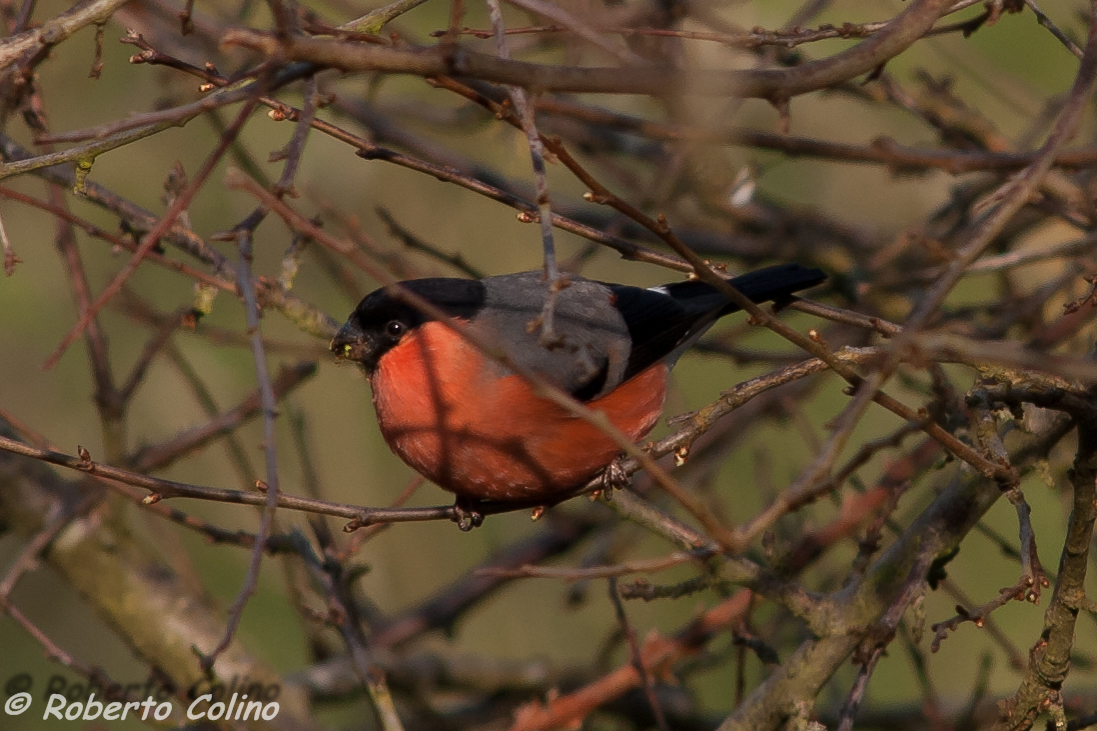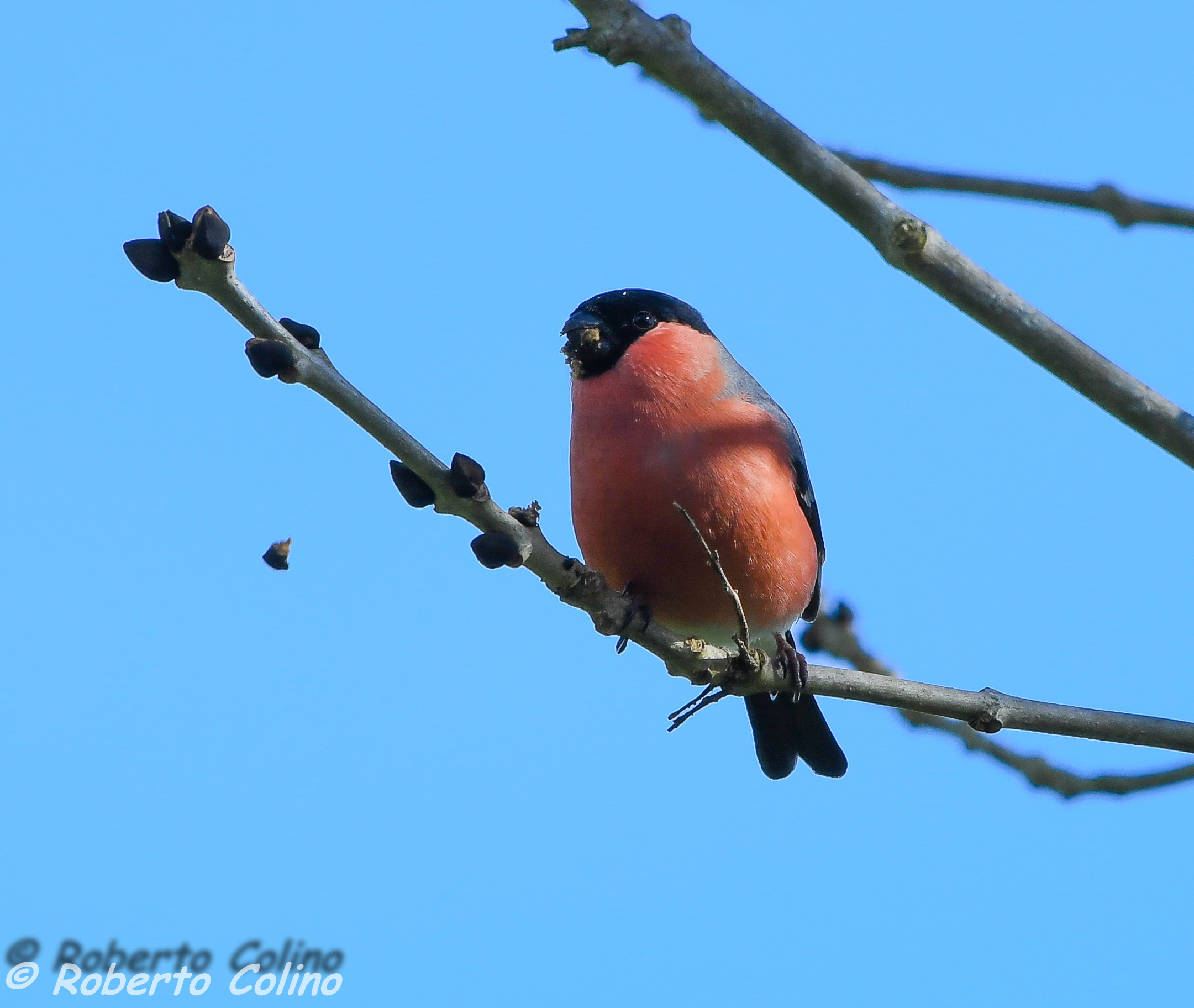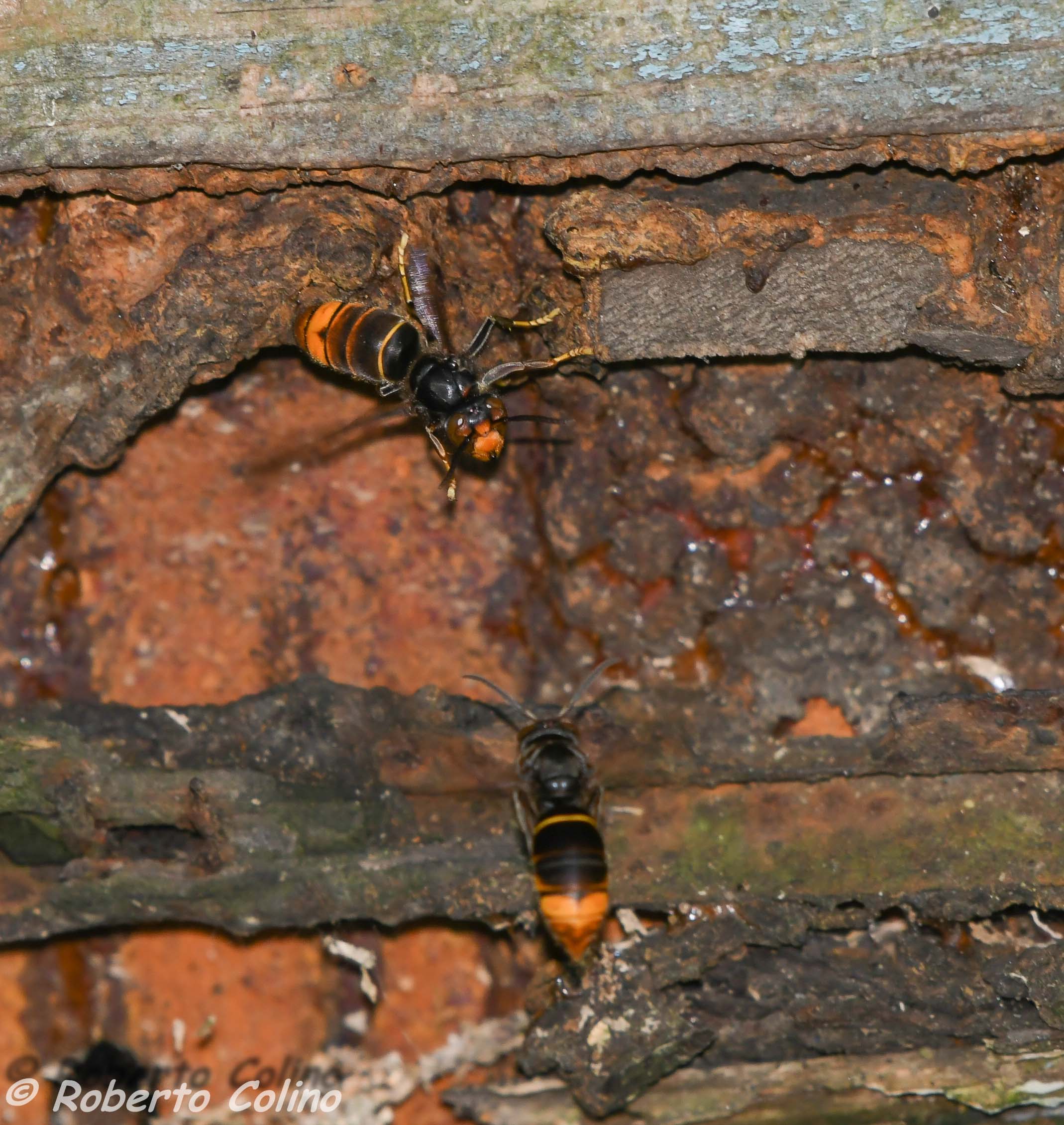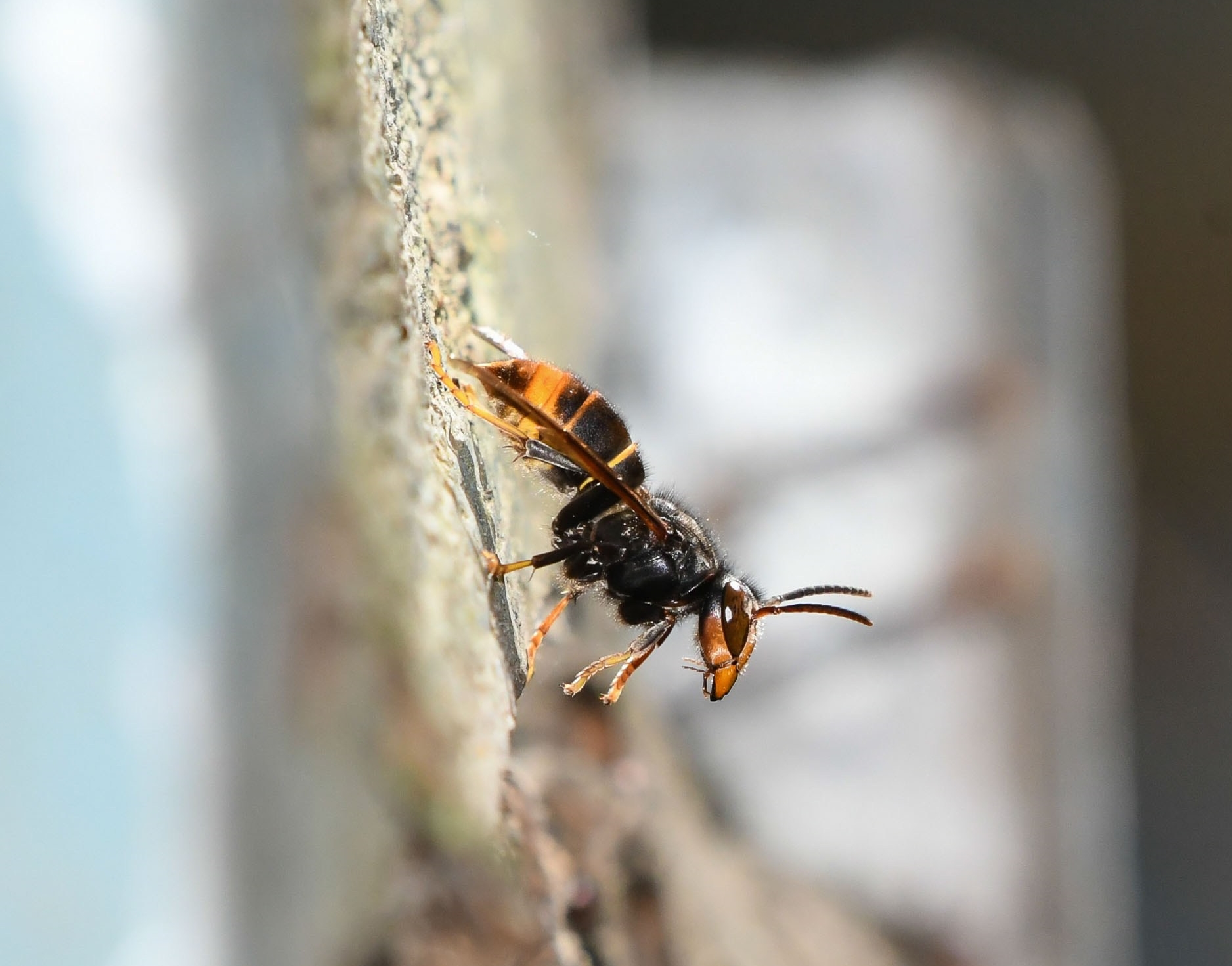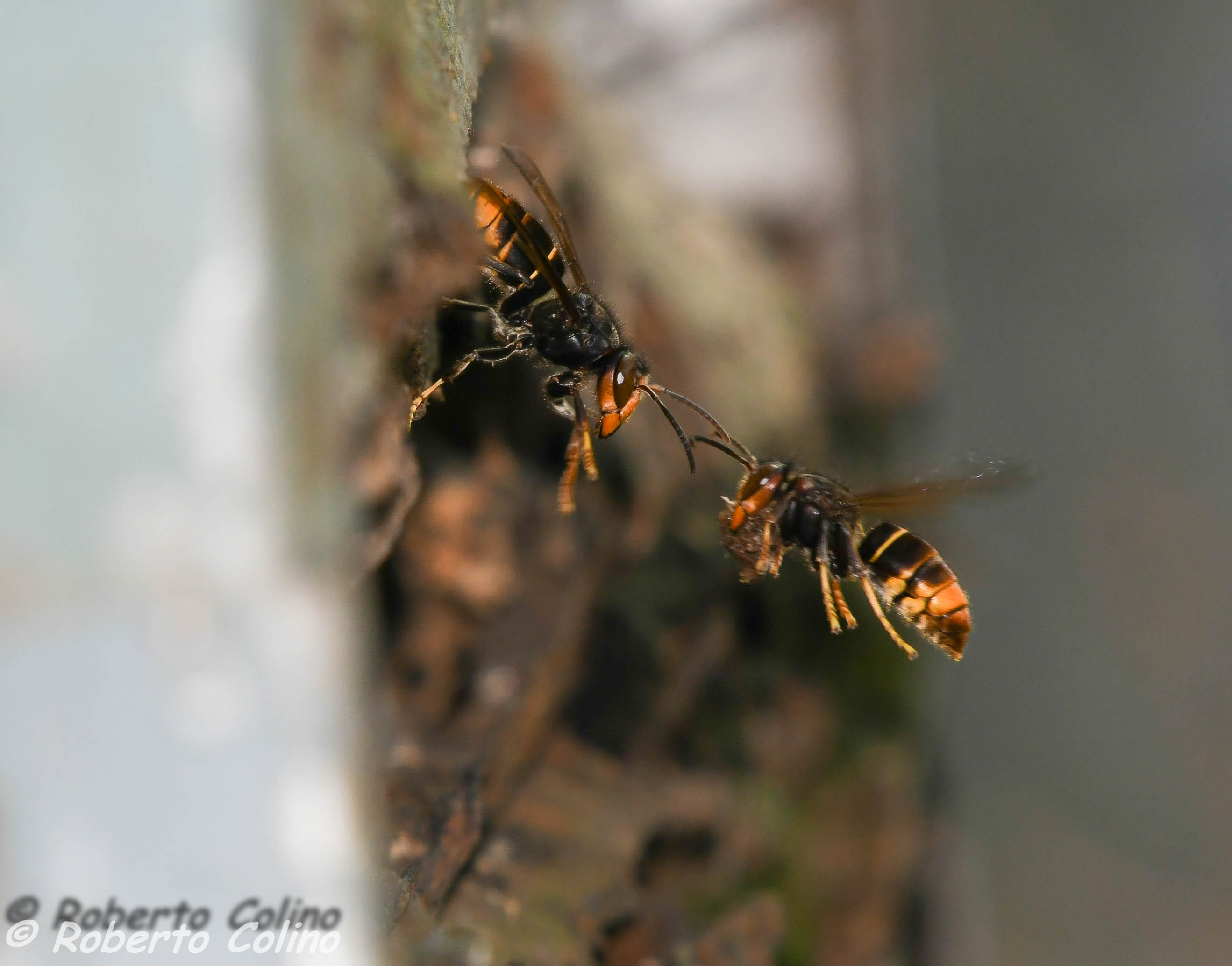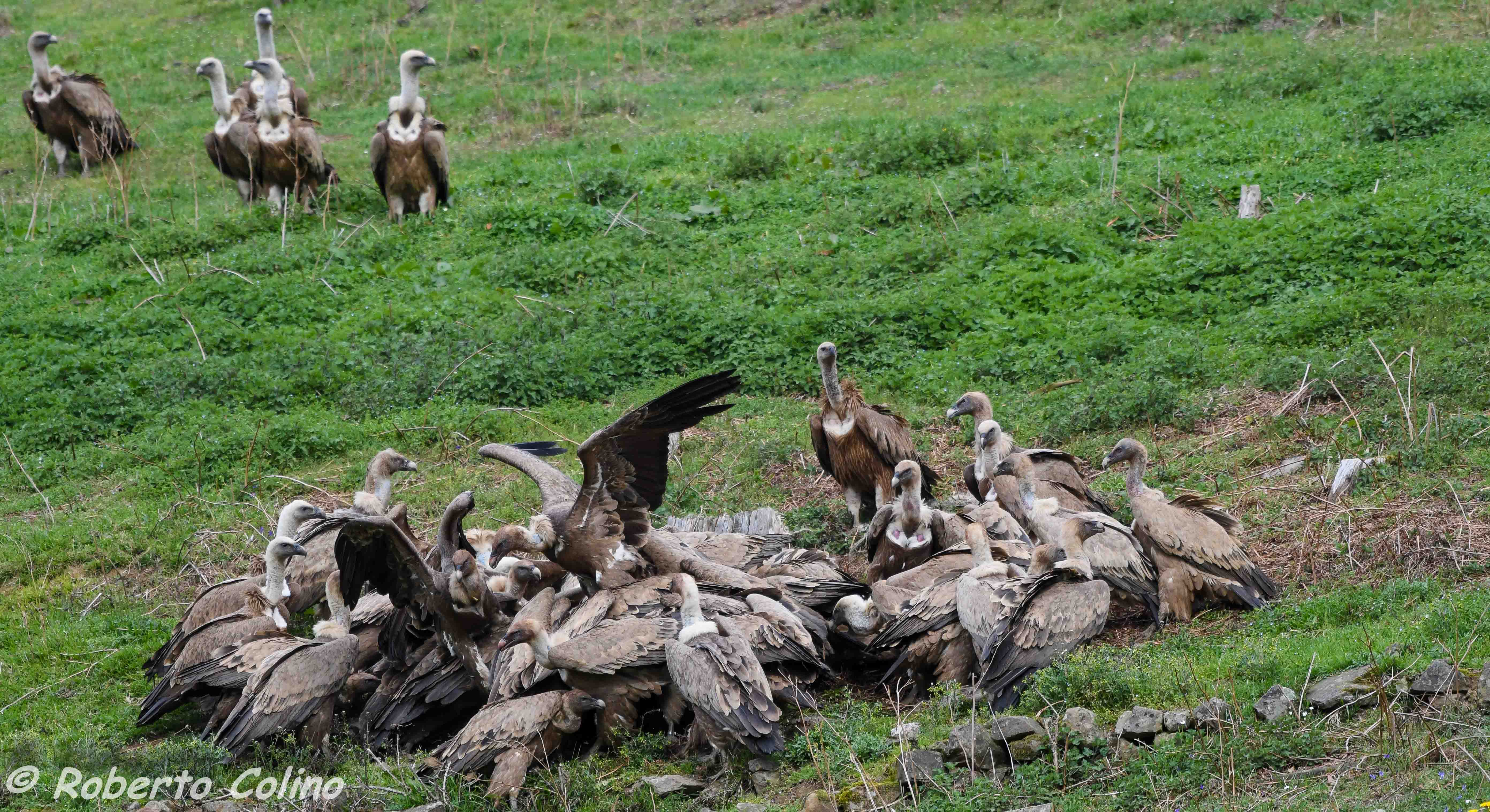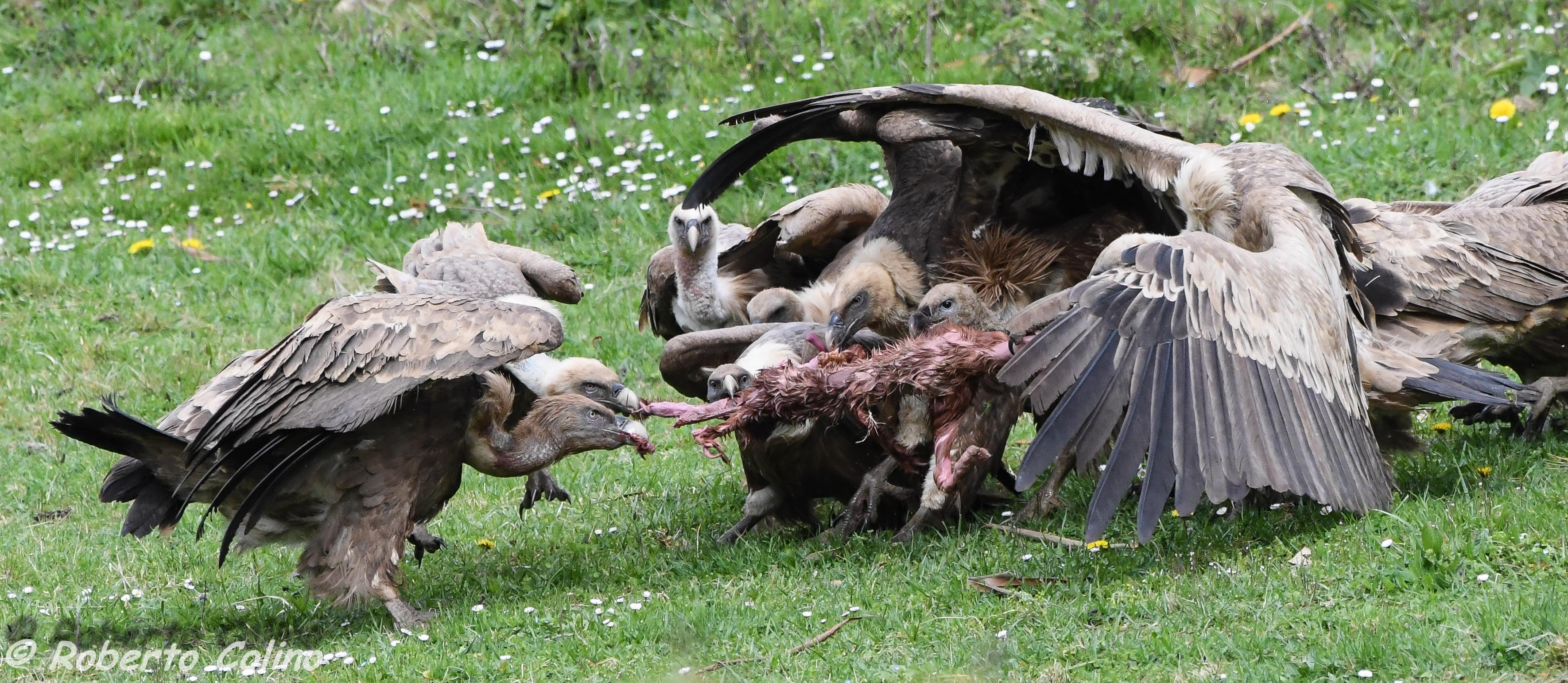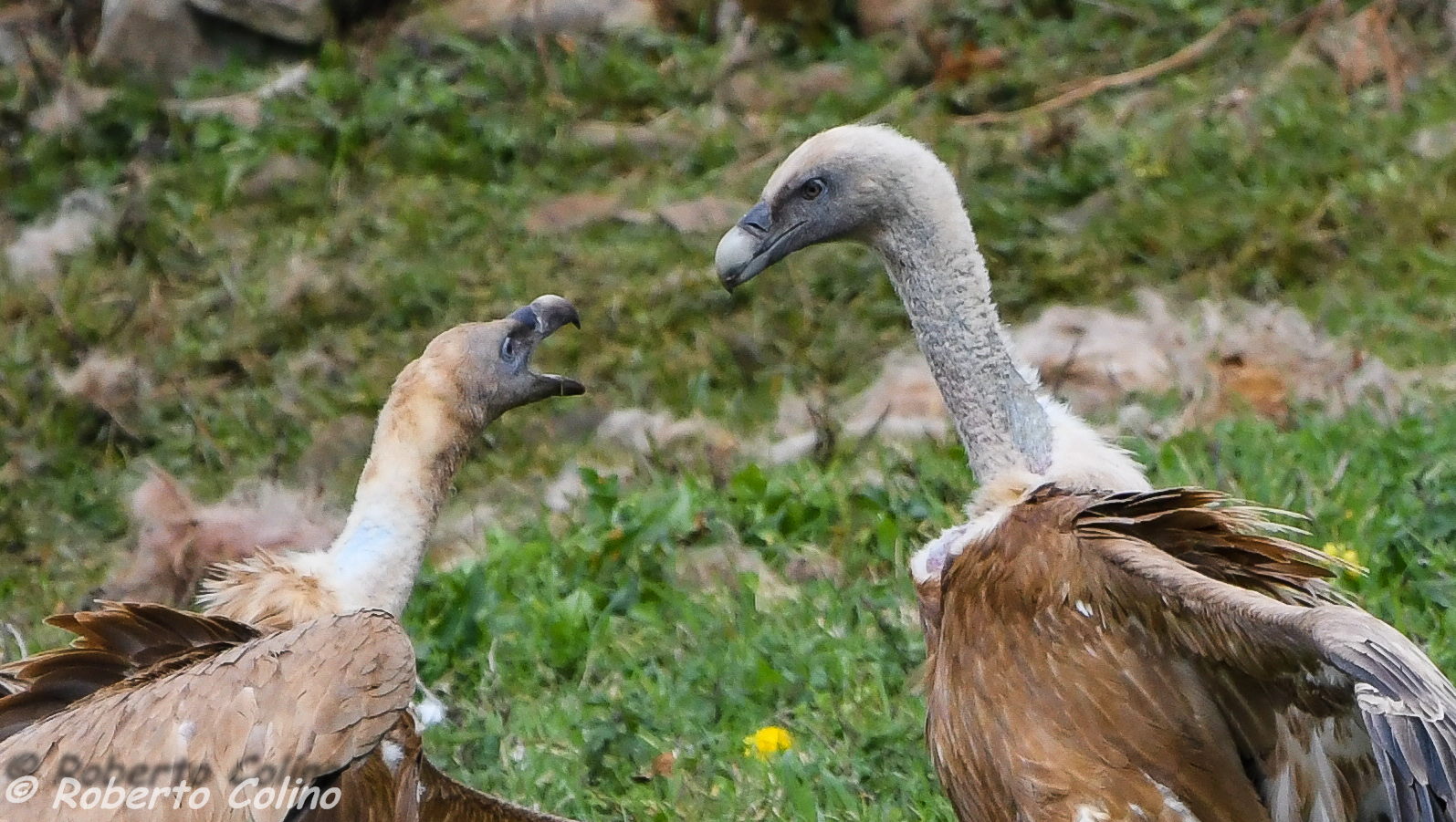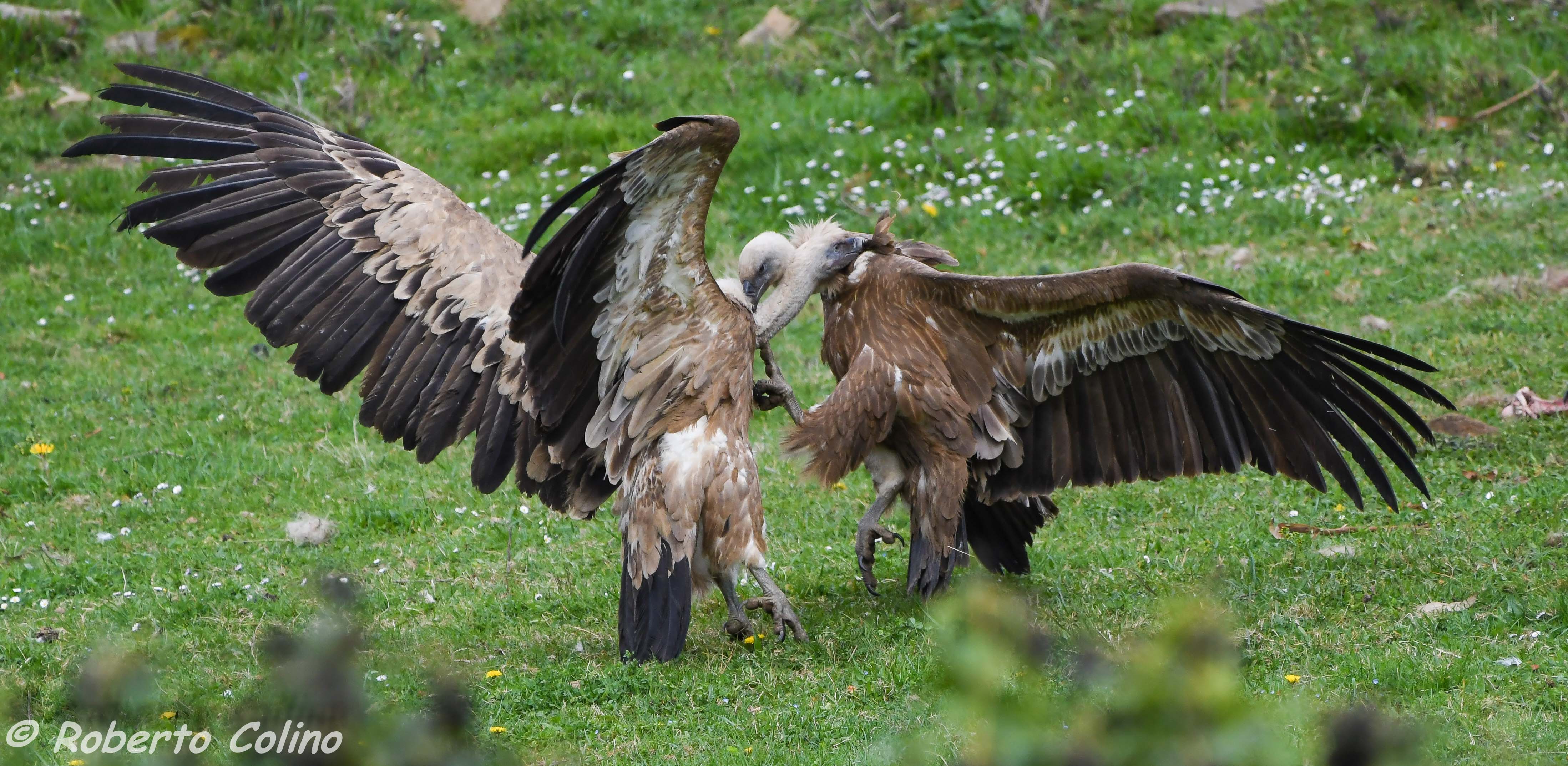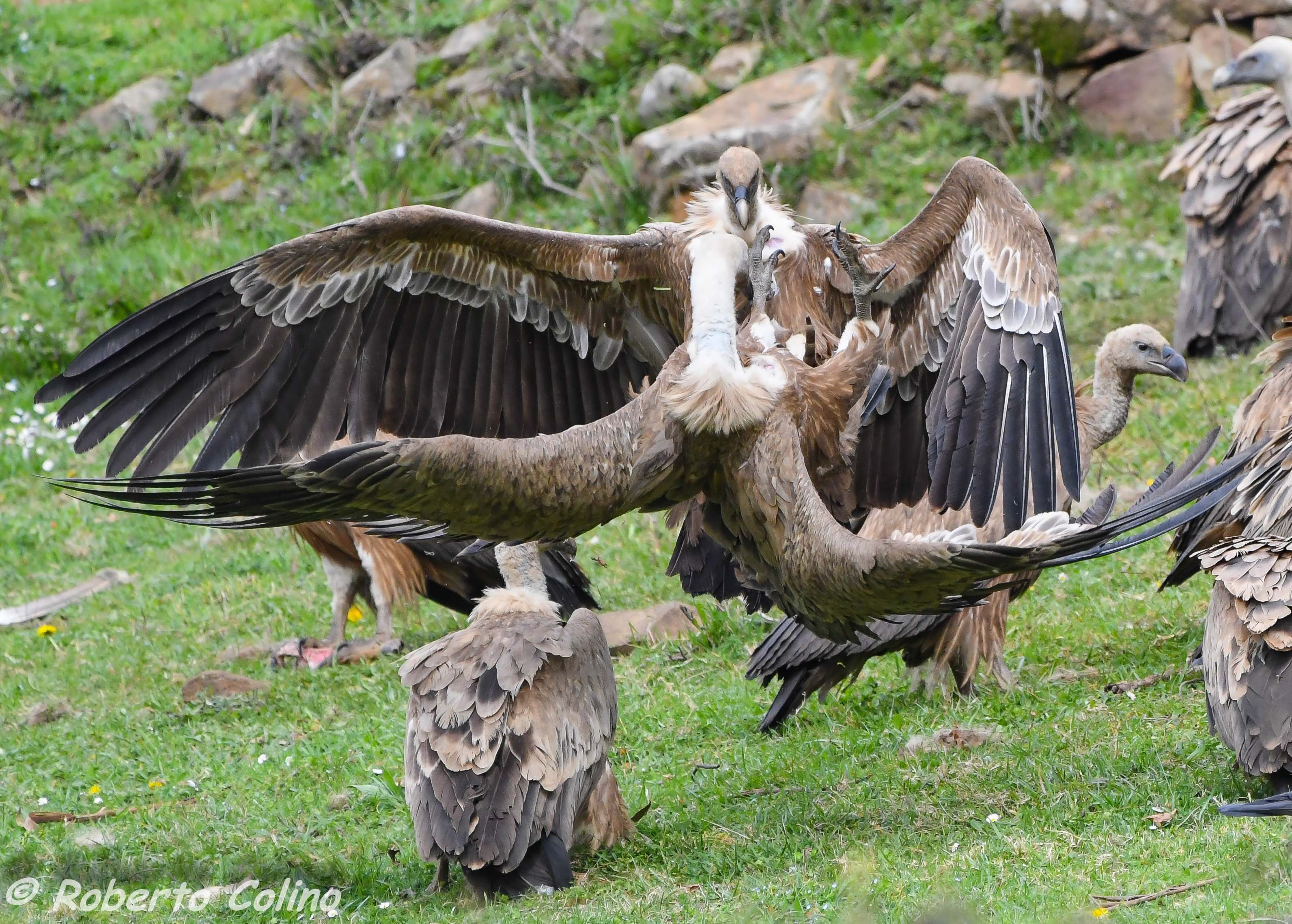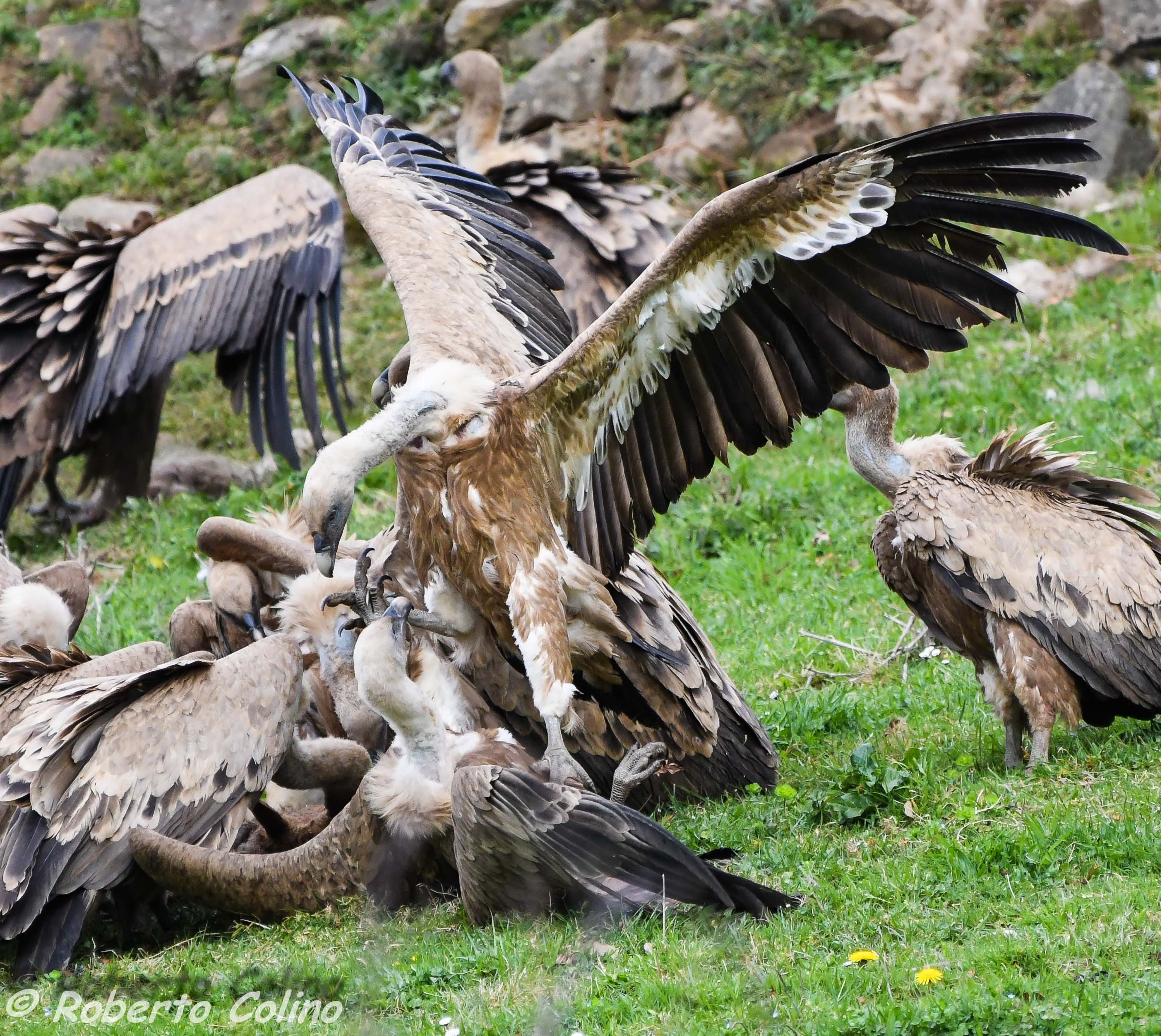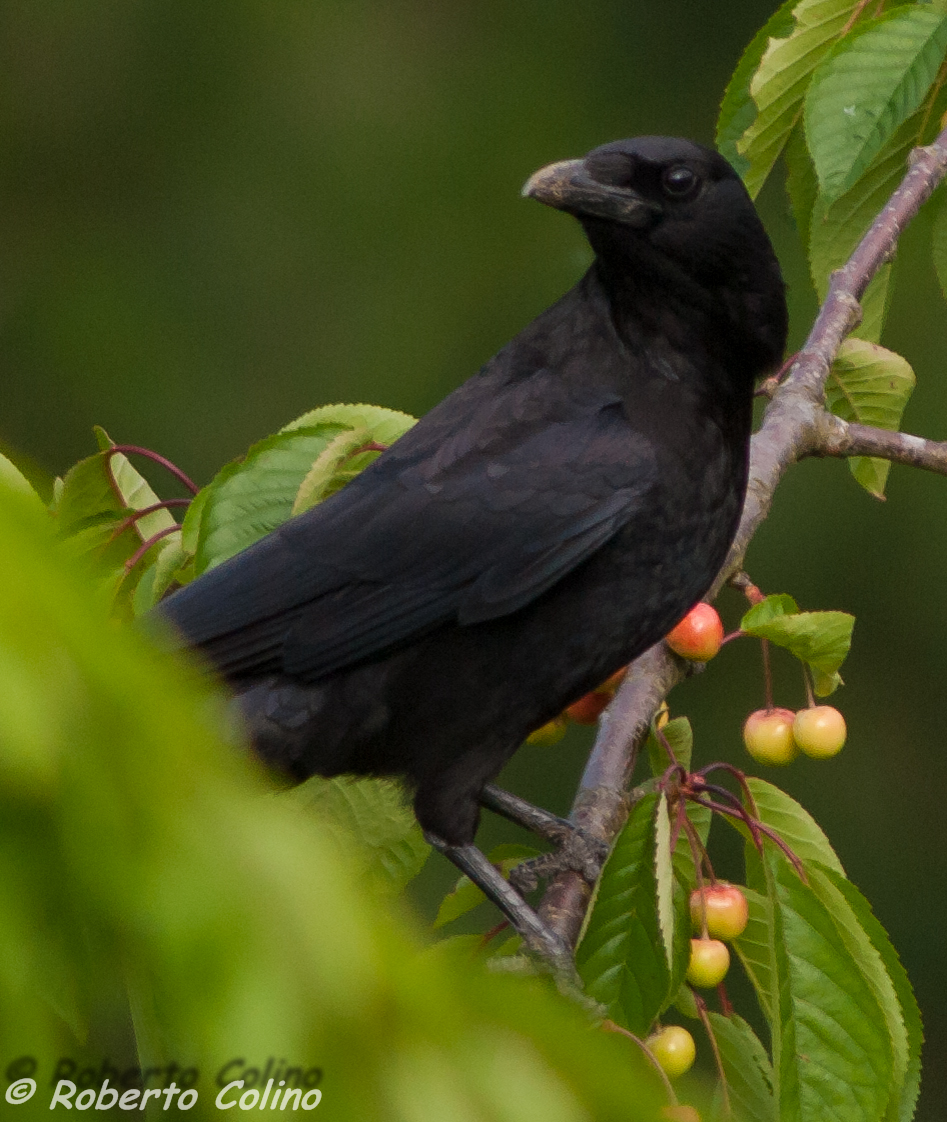
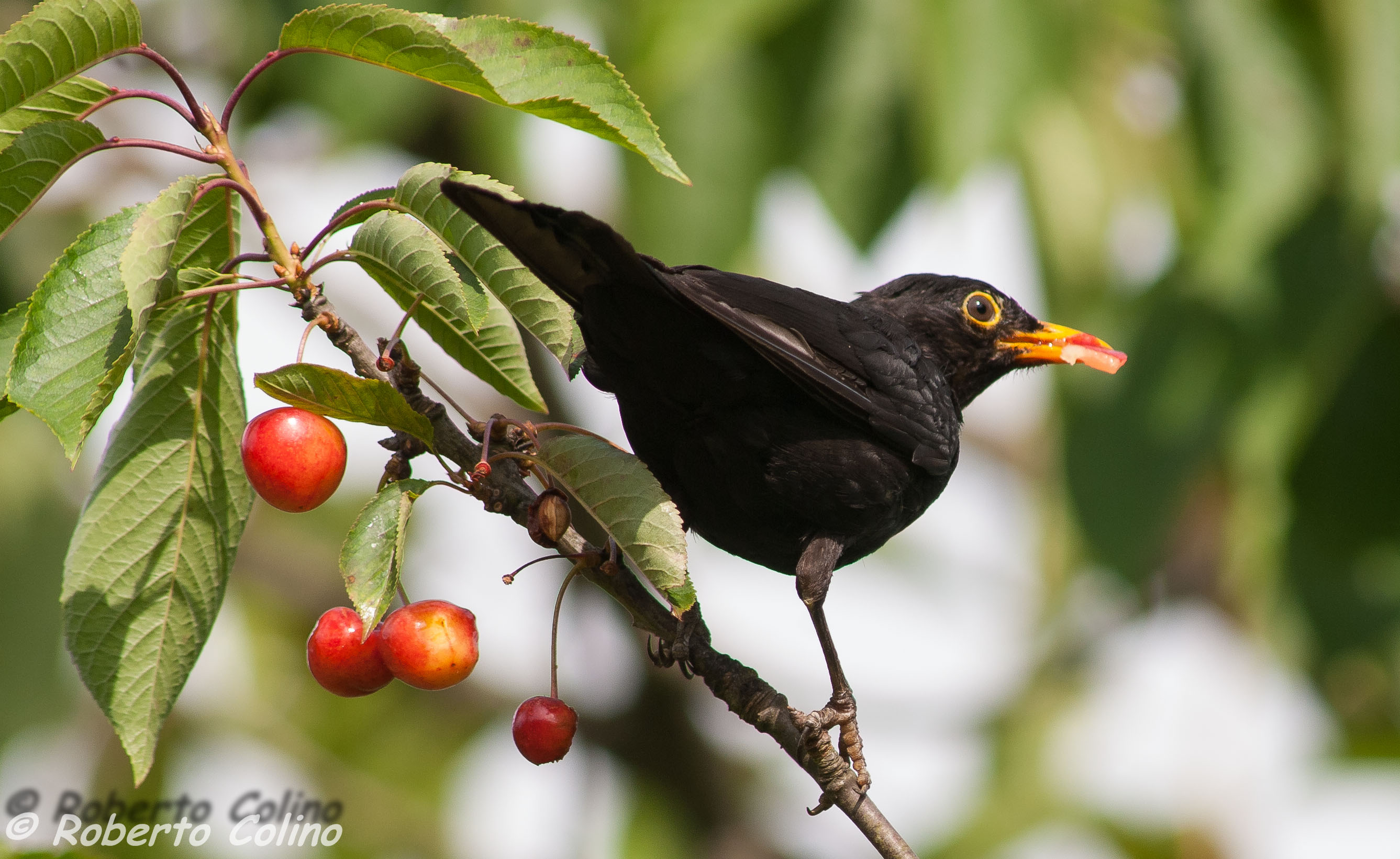
Desde siempre me han atraído las cerezas. Es de los primeros frutos, es rojo, sabroso…
A las aves también les encantan. Tanto es así que hay muchas especies que se alimentan de ellas. Incluso reputados insectívoros ¡como el pico carpintero!.
Muchas de estas aves son perseguidas por ello, y tras una cuidadosa observación hemos podido comprobar que las que peor fama tienen no son las que más daño causan en la cosecha. Veamos…
El mirlo común (Turdus merula) es junto con la curruca capirotada (Silvia atricapilla) las dos aves que mayores daños infringen a nuestras cerezas. Picotean las cerezas a menudo sin acabar cada fruto. Muchas de ellas caen al suelo, aunque todo hay que decirlo, estas aves también picotean las cerezas caídas. Su presencia es continua en el cerezo mientras este tenga frutos rojos.
Sí que hemos podido comprobar que hay años en los que la cosecha no coincide con crías de mirlo común volantonas (capaces de volar pero recién salidas del nido) y entonces los daños son menores.
Las visitas del zorzal común (Turdus philomelos) al cerezo son mucho menos importantes que las de el mirlo común (Turdus merula). Además, estas aves se llevan las cerezas para comerlas. Los daños que causan son leves.
The visits of the song thrush (Turdus philomelos) to the cherry tree are much less important than those of the common blackbird (Turdus merula). In addition, these birds take the cherries to eat them. The damage they cause is minor.
Otro sigiloso y receloso visitante de nuestros cerezos es el arrendajo (Garrulus glandarius). Este elegante e inteligente córvido tampoco causará grandes daños, ya que su estrategia habitual es la de coger una cereza y llevársela a lugar seguro para comerla con tranquilidad. Se comen cada fruto totalmente y en los árboles, nunca en el suelo.
Another stealthy and suspicious visitor to our cherry trees is the jay (Garrulus glandarius). This elegant and intelligent corvid also will not cause great damage, since its usual strategy is to take a cherry and take it to safe place to eat it with tranquility. They eat each fruit totally and in the trees, never on the ground.
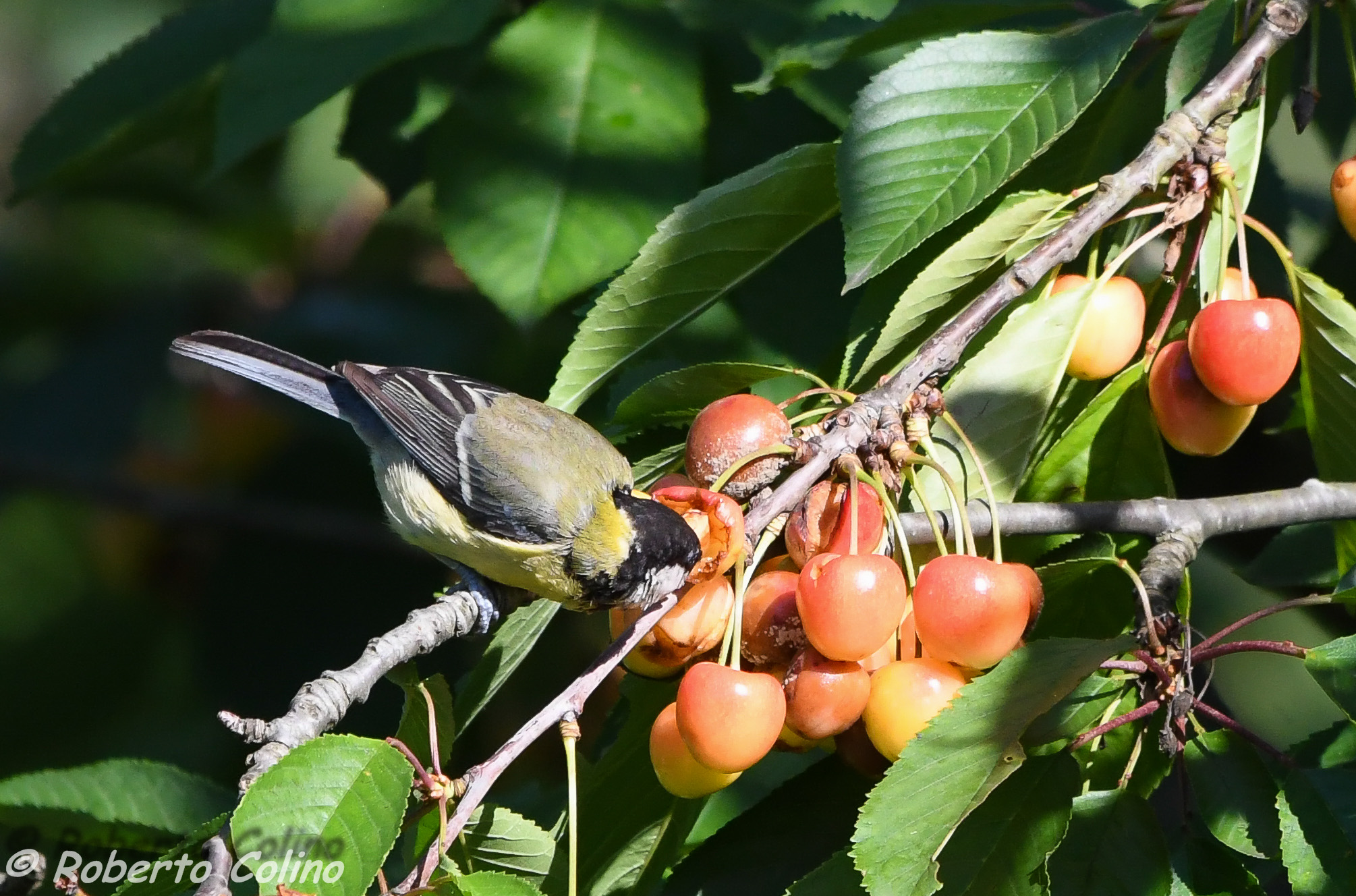
Los herrerillos comunes (Parus caeruleus) y otros páridos, como el carbonero común (Parus major) visitan esporádicamente los cerezos picoteando algunos de sus frutos pero sin la más mínima importancia.
The blue tit (Parus caeruleus) and other birds, such as the great tit (Parus major) sporadically visit the cherry trees pecking some of their fruits but without the slightest importance.

También los estorninos pintos (Sturnus vulgaris) y negros (Sturnus unicolor) visitan nuestros cerezos, pero en nuestra zona es algo raro, ya que por esas épocas no son tan abundantes como en los meses más fríos del año.
Also starlings (Sturnus vulgaris) and spotless starling (Sturnus unicolor) visit our cherry trees, but in our area is a rare occurrence, since at that time they are not as abundant as in the coldest months of the year.

Las cornejas negras acuden a los cerezos pero únicamente cuando están seguras de que no hay ningún humano en los alrededores. Si hay presencia humana aunque no de continuo, el daño que estas aves nos pueden hacer es mínimo, ya que son muy recelosas. Pueden rondar por los árboles cercanos durante horas antes de lograr coger una cereza, la cual se la llevarán volando a un lugar seguro para comerla. Por lo tanto hemos derribado un mito.
Carrion crows flock to the cherry trees but only when they are sure that there is no human around. If there is human presence but not continuously, the damage that these birds can do is minimal, as they are very suspicious. They can hover around nearby trees for hours before catching a cherry, which will be flown to a safe place to eat. Therefore we have knocked down a myth.
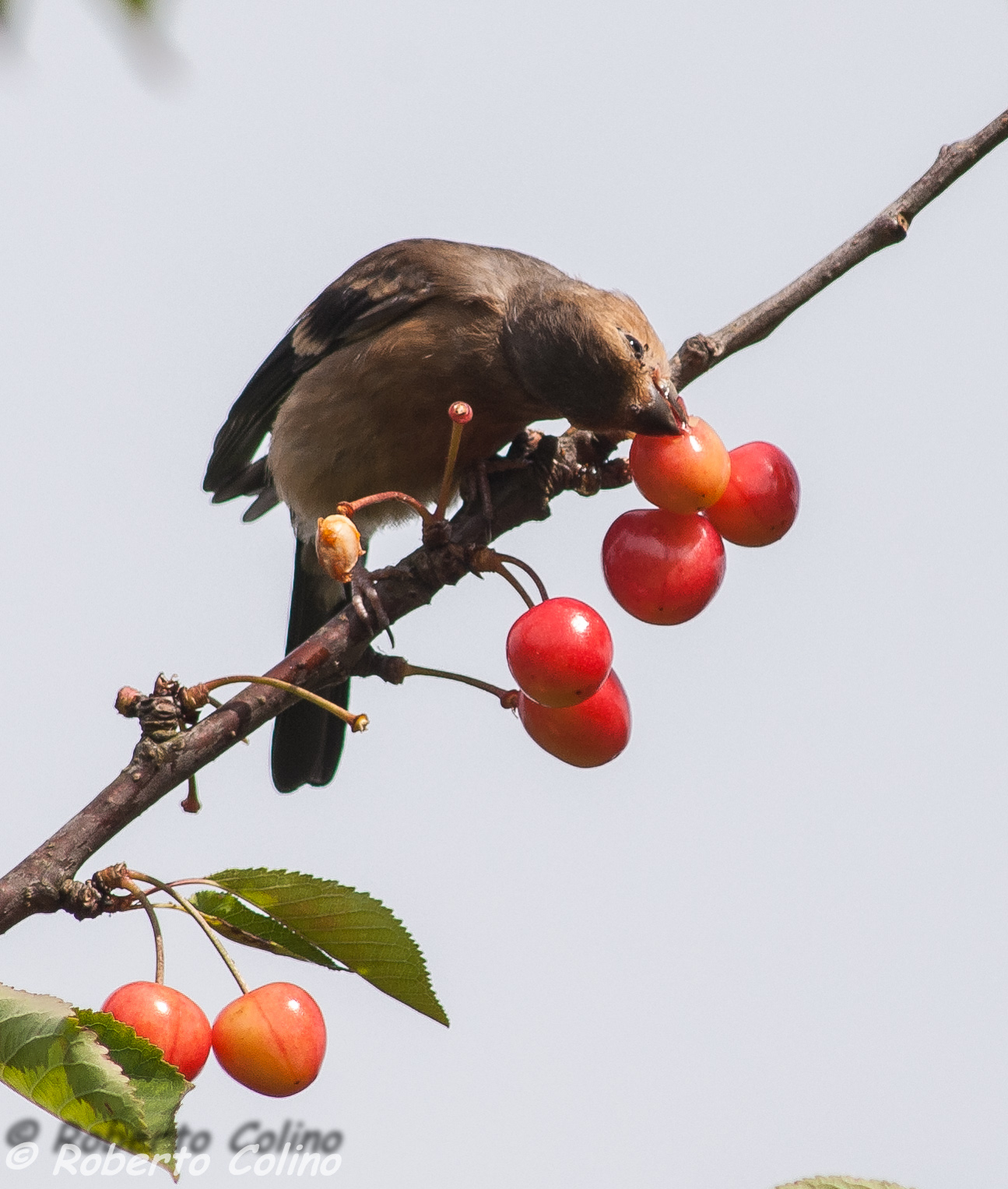
La presencia del camachuelo común en los cerezos es puramente anecdótica, según nuestras observaciones. Sí que puede picotear algunas, pero es muy poco habitual. Prefiere las yemas de frutales como los melocotoneros o ciruelos.
No causará casi ningún problema con las cerezas.
The presence of the common bullfinch in the cherry trees is purely anecdotal, according to our observations. Yes it can peck some, but it is very unusual. Prefers fruit buds such as peaches or plums.
It will not cause almost any problem with cherries.

El pico picapinos (Dendrocopos major) es un ave que visita habitualmente nuestros cerezos en busca de las cerezas. Su forma de actuar varía. Hay especímenes que arrancan una a una las cerezas para llevarlas a un comedero, que suele ser una grieta de un árbol, donde las encajan y las picotean, como es el caso de este ejemplar.
Great spotted woodpeckers (Dendrocopos major) is a bird that usually visits our cherry trees in search of cherries. Their way of acting varies. There are specimens that take one by one the cherries to take them to a trough, which is usually a crack in a tree, where they fit and pecked, as is the case of this specimen.
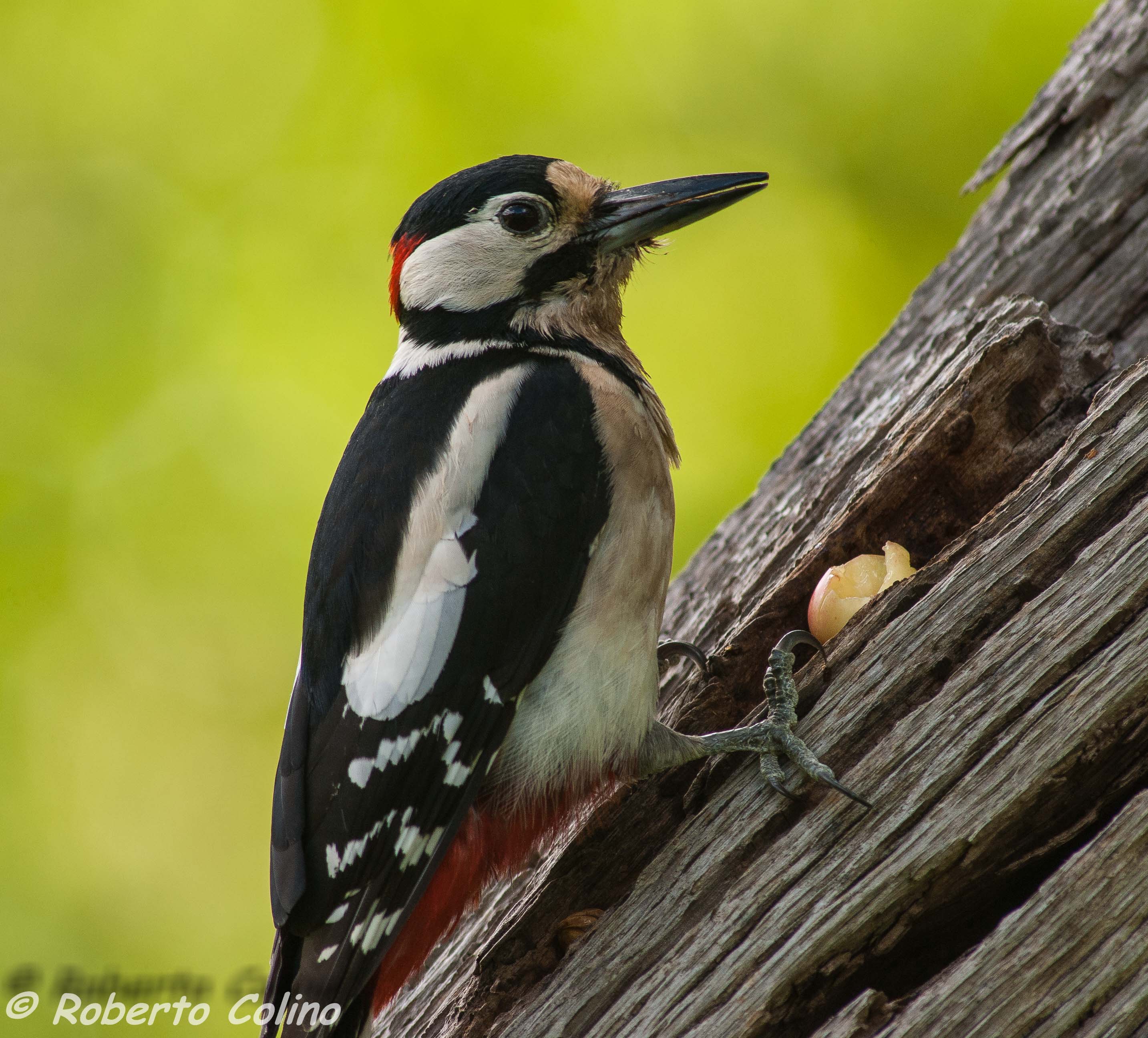
Aquí tenemos a uno de estos picos picapinos que traslada las cerezas a un comedero, para allí picotearlas con tranquilidad. En este caso se trata de un macho adulto.
Los daños que este ave causa son mínimos, ya que no picotea al azar varios frutos, sino que coge uno y hasta no acabar con él, no va a por el siguiente. Además, no se prodiga en exceso. Sus visitas son esporádicas a lo largo de una jornada, sobre todo al amanecer y atardecer.

Y para acabar, una novedad. Este año por primera vez hemos constatado la presencia todas las tardes de un ejemplar de ardilla, que ha acudido a cmer las cerezas más maduras como si de nueces se tratara.
No hemos podido cuantificar los daños causados pero a primera vista parecen pequeños. La verdad es que este año ha habido cerezas para todos.
And to finish, a novelty. This year for the first time we have noticed the presence every afternoon of a squirrel, which has come to shiver the most mature cherries as if they were nuts.
We were not able to quantify the damage caused but at first glance seem small. The truth is that this year there have been cherries for everyone.


































